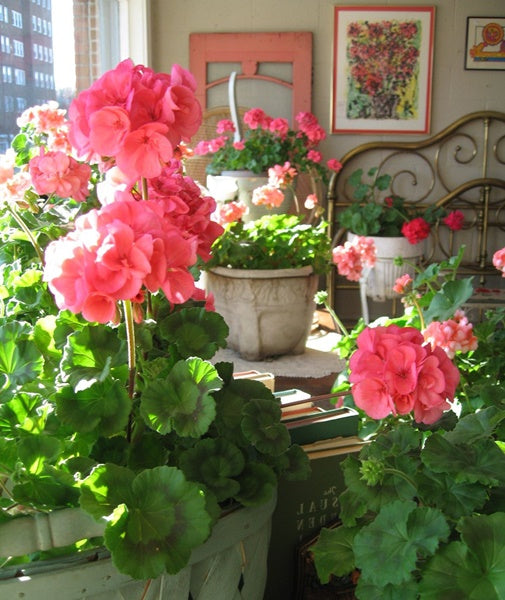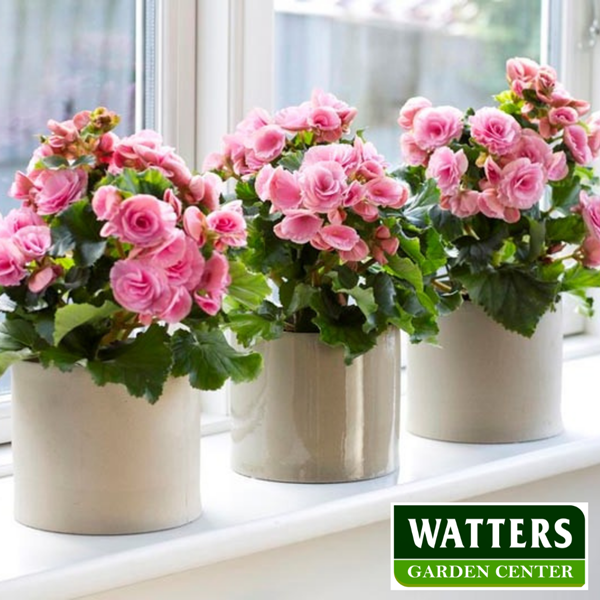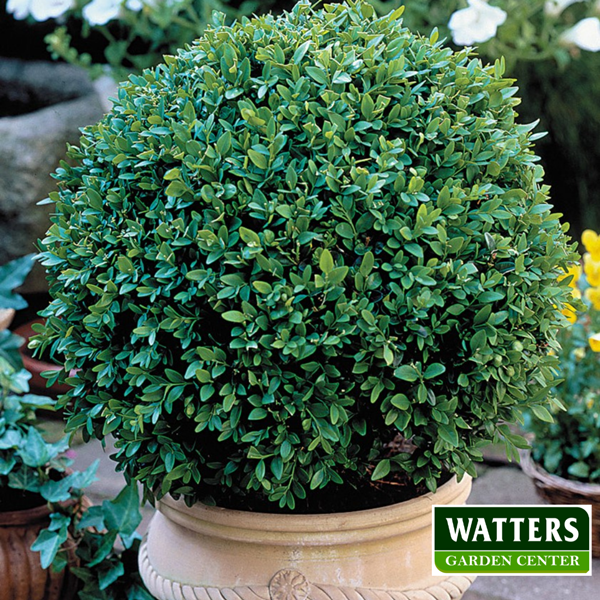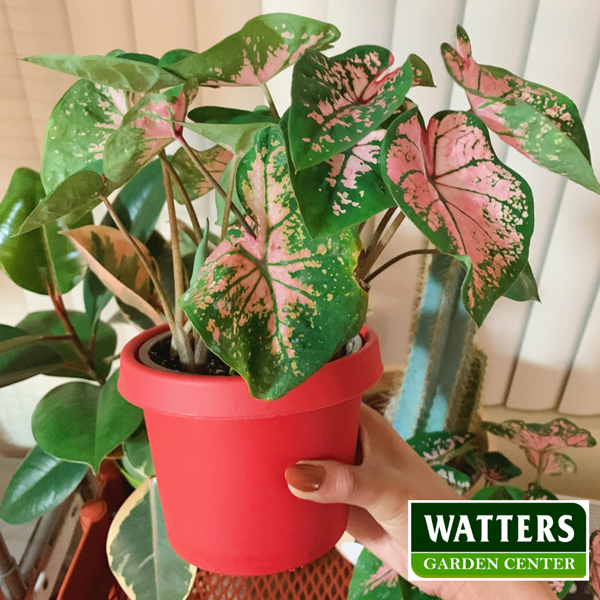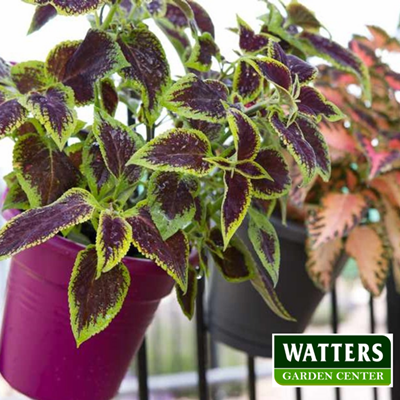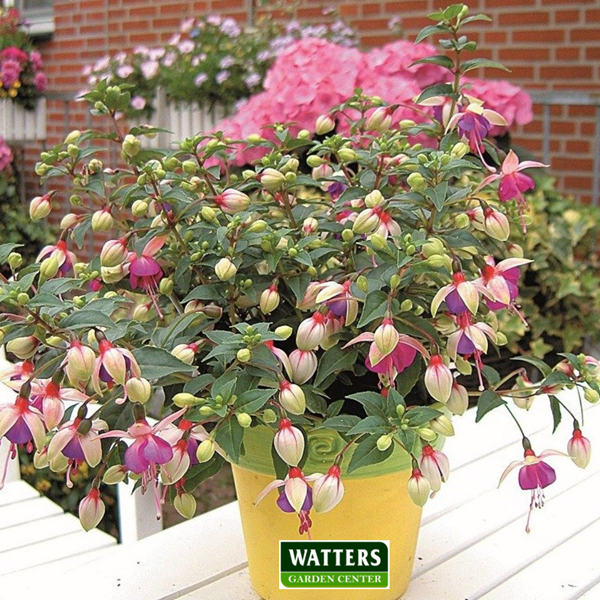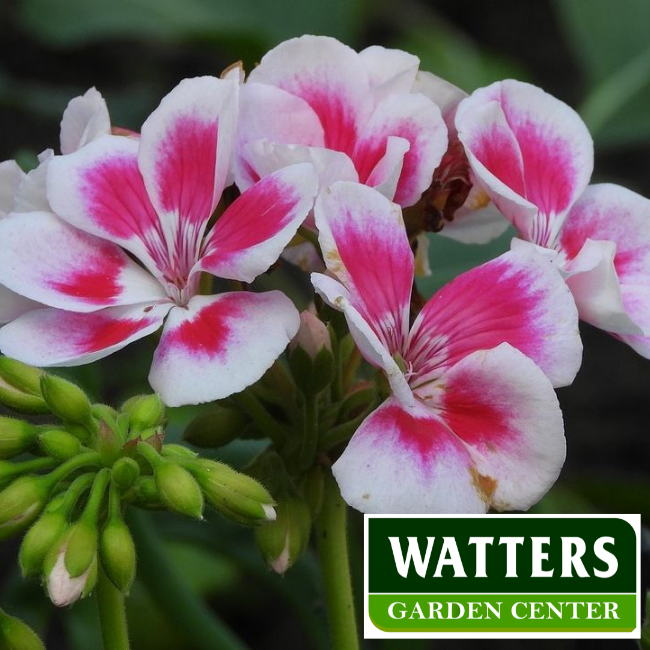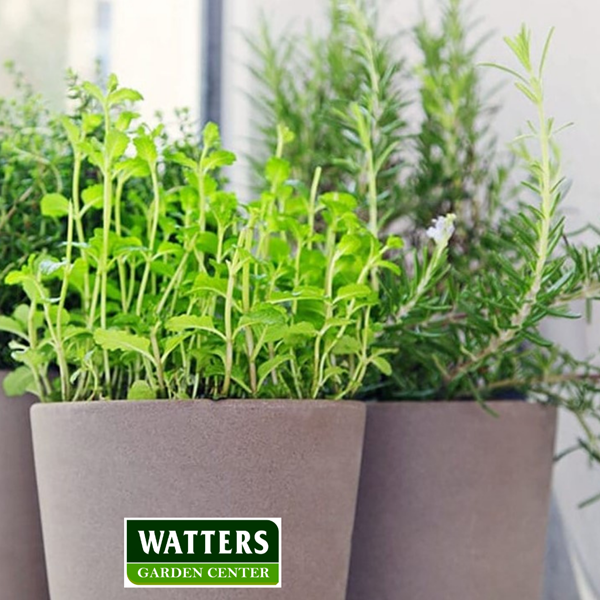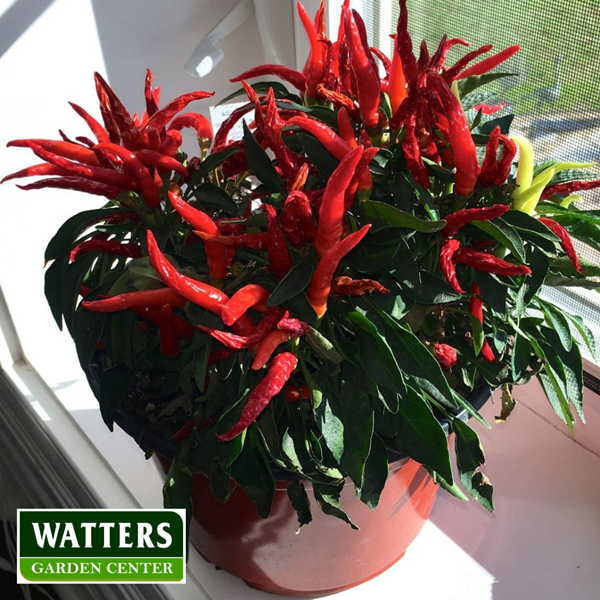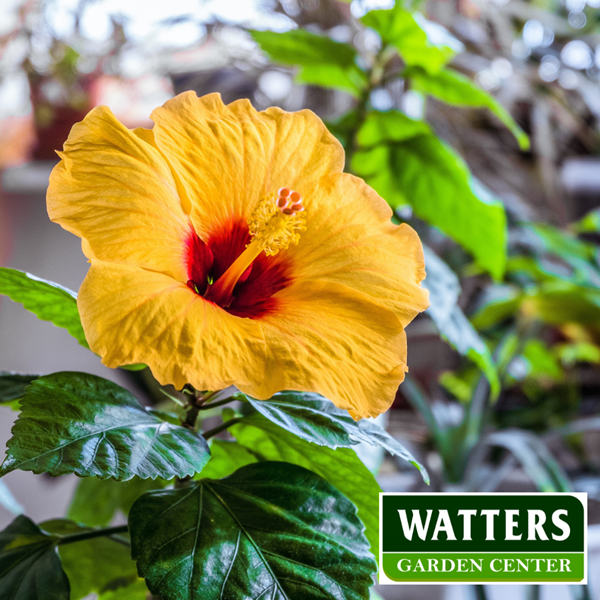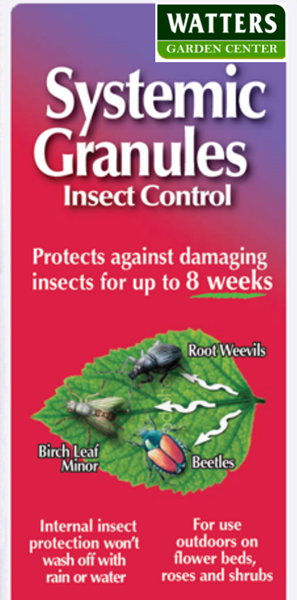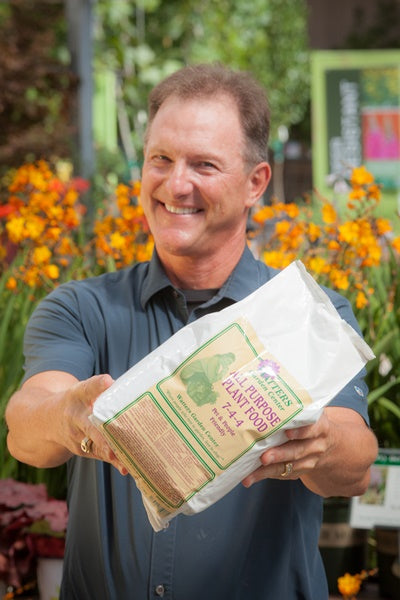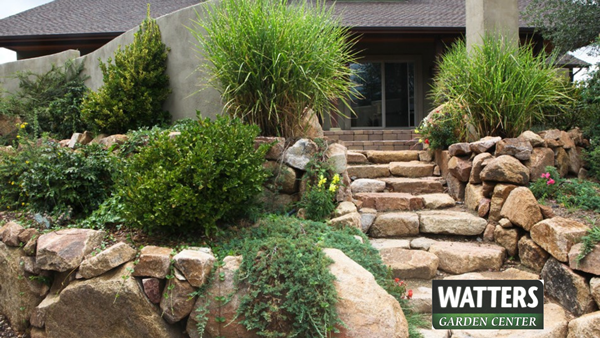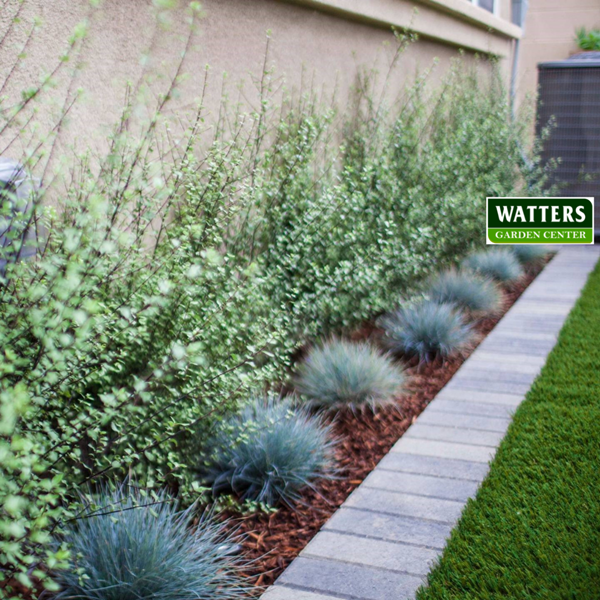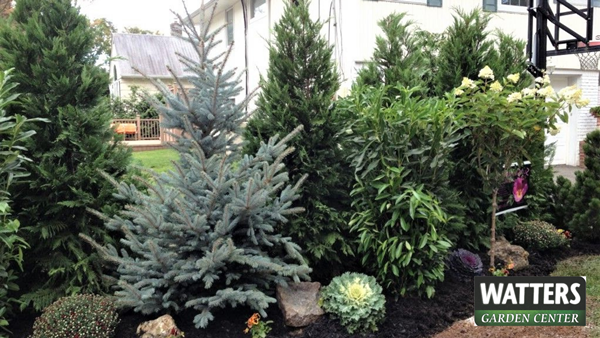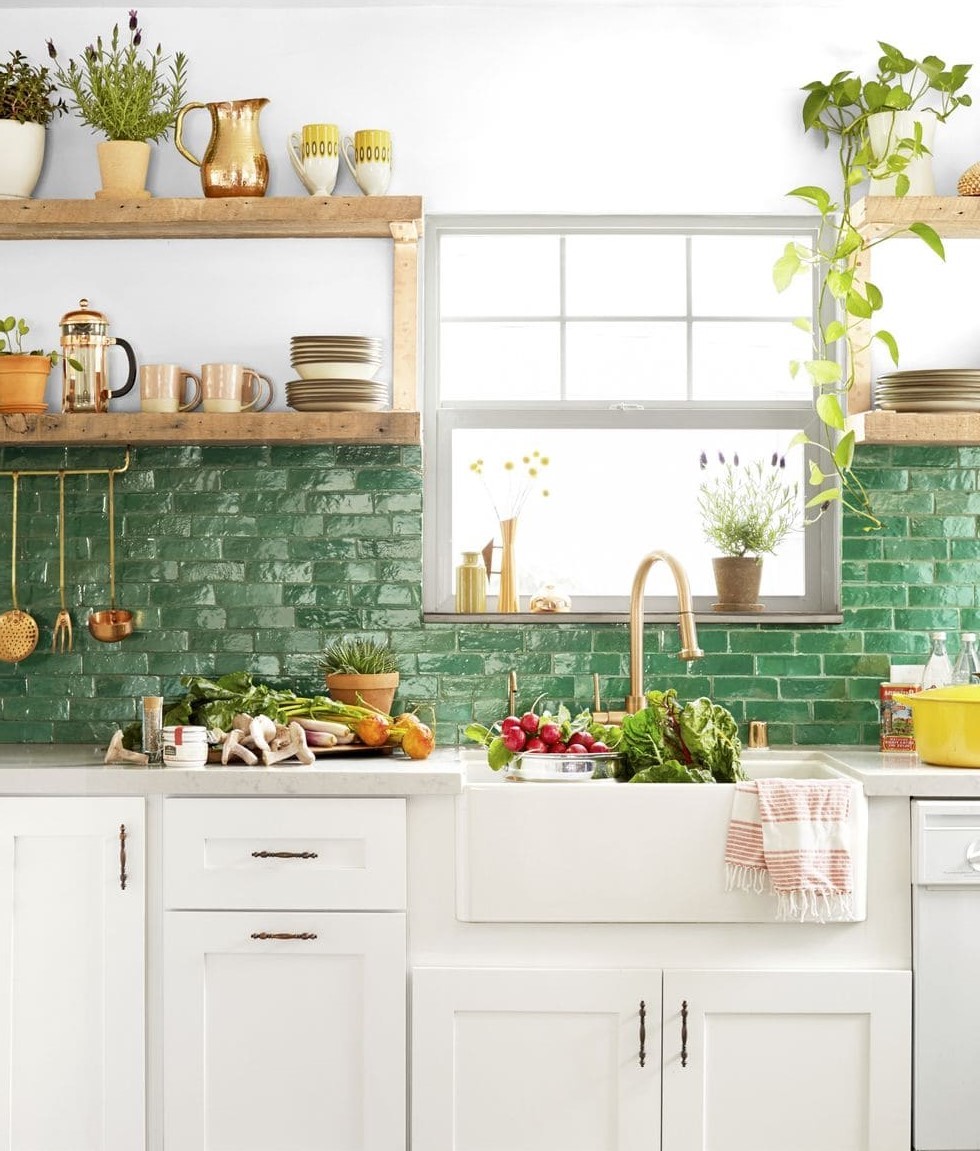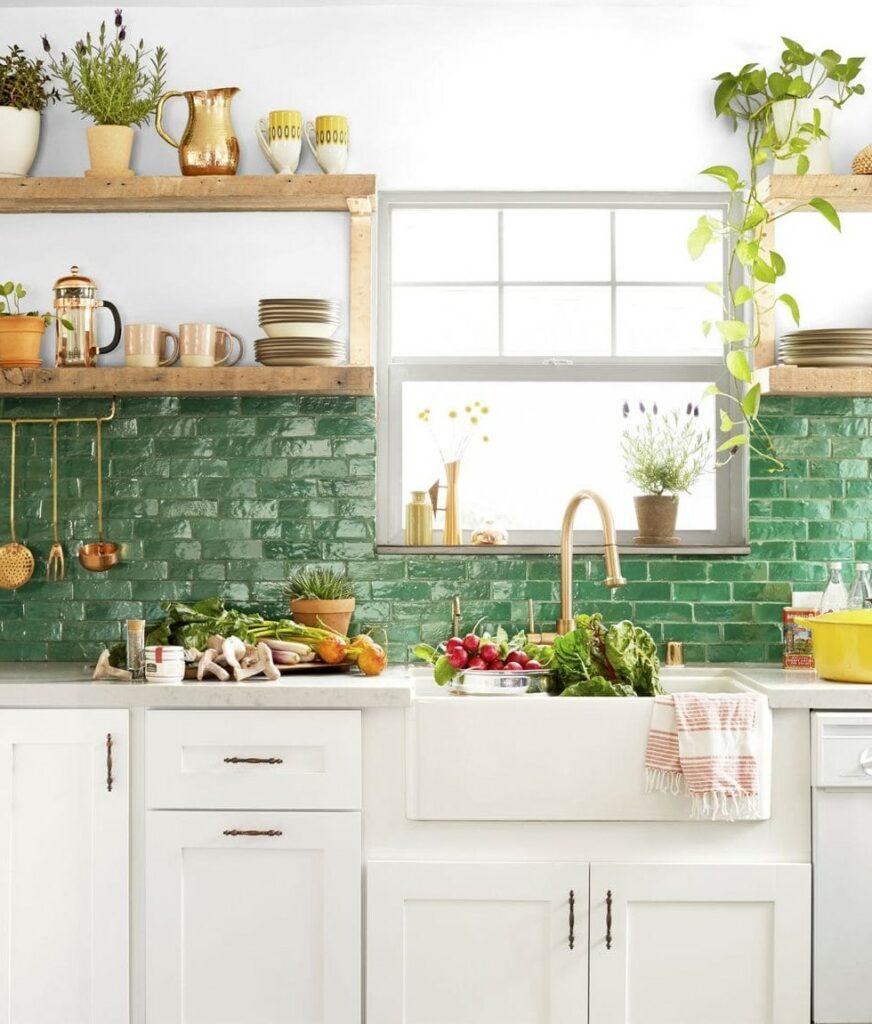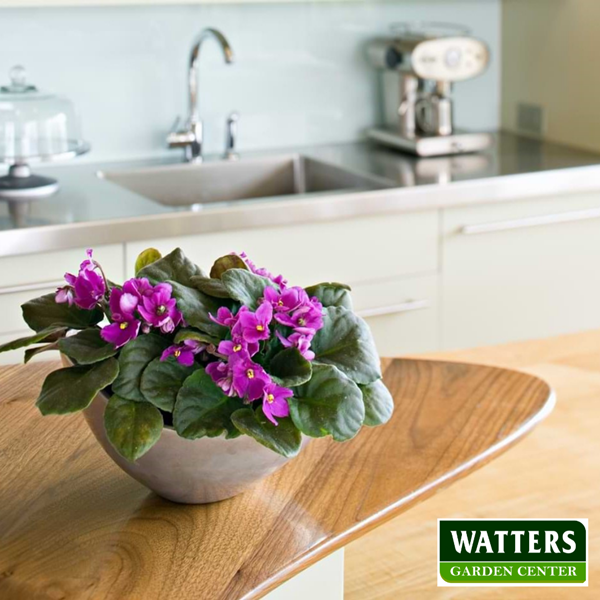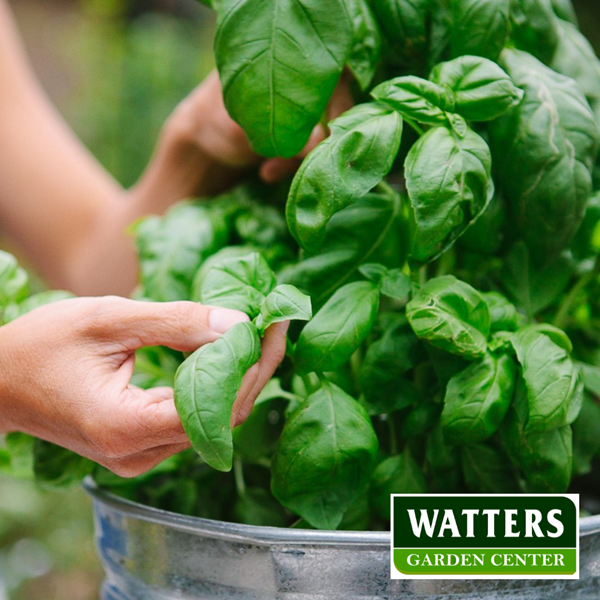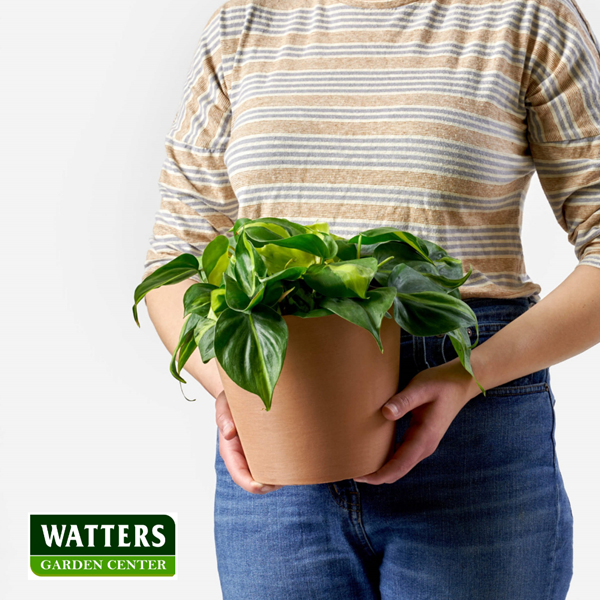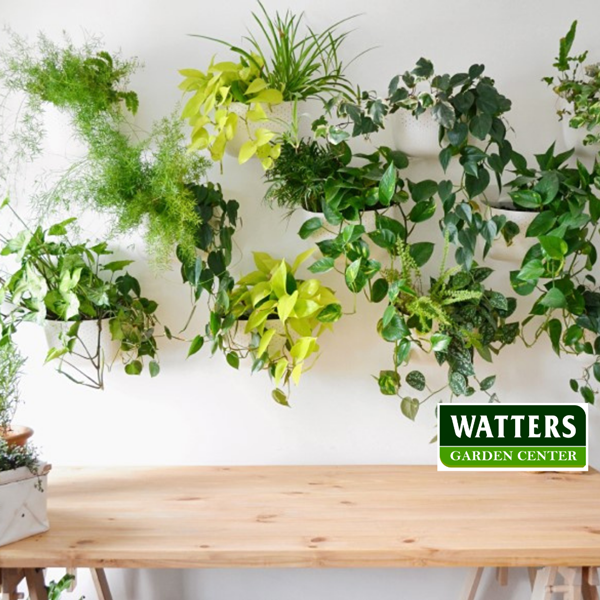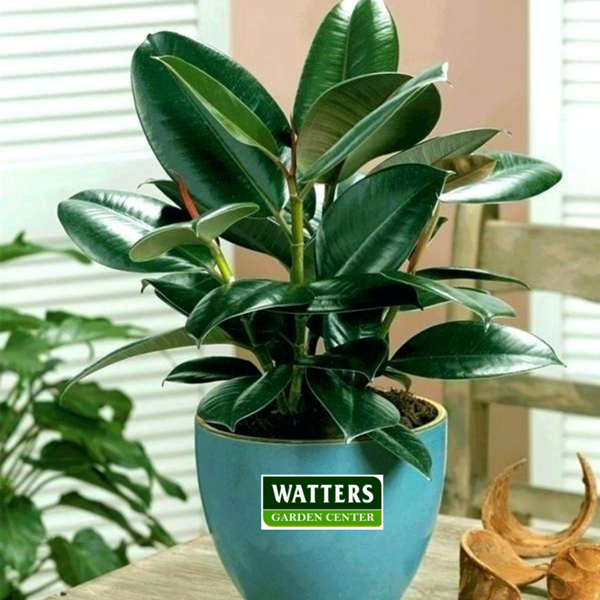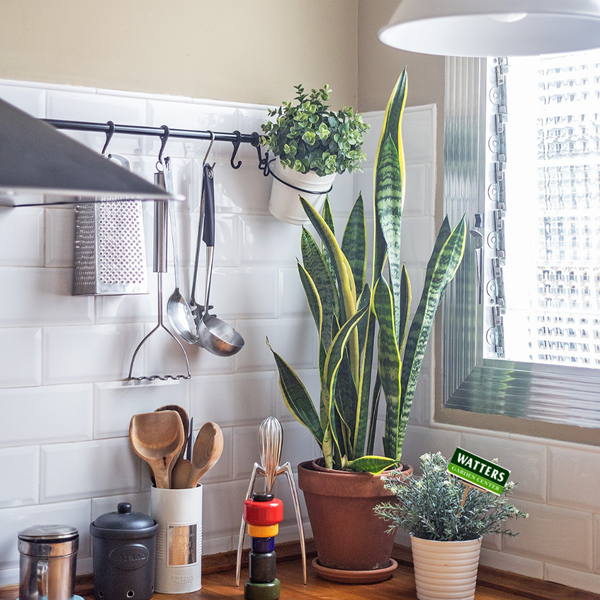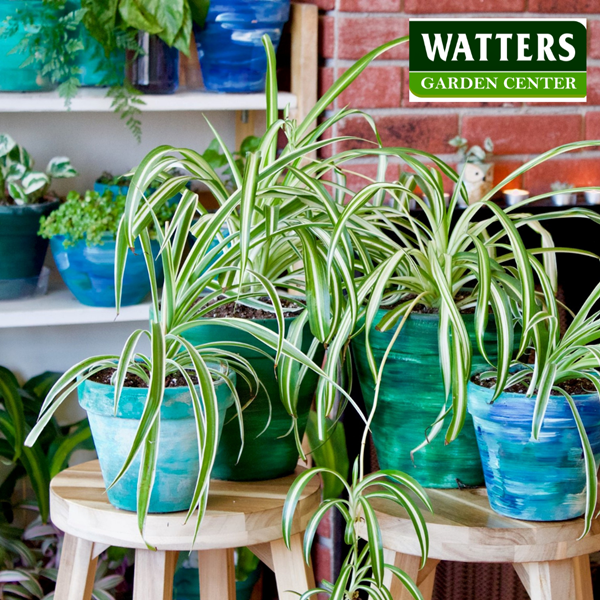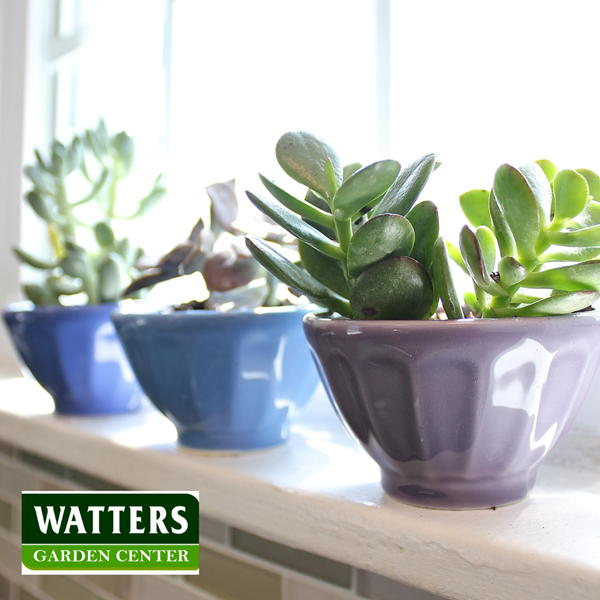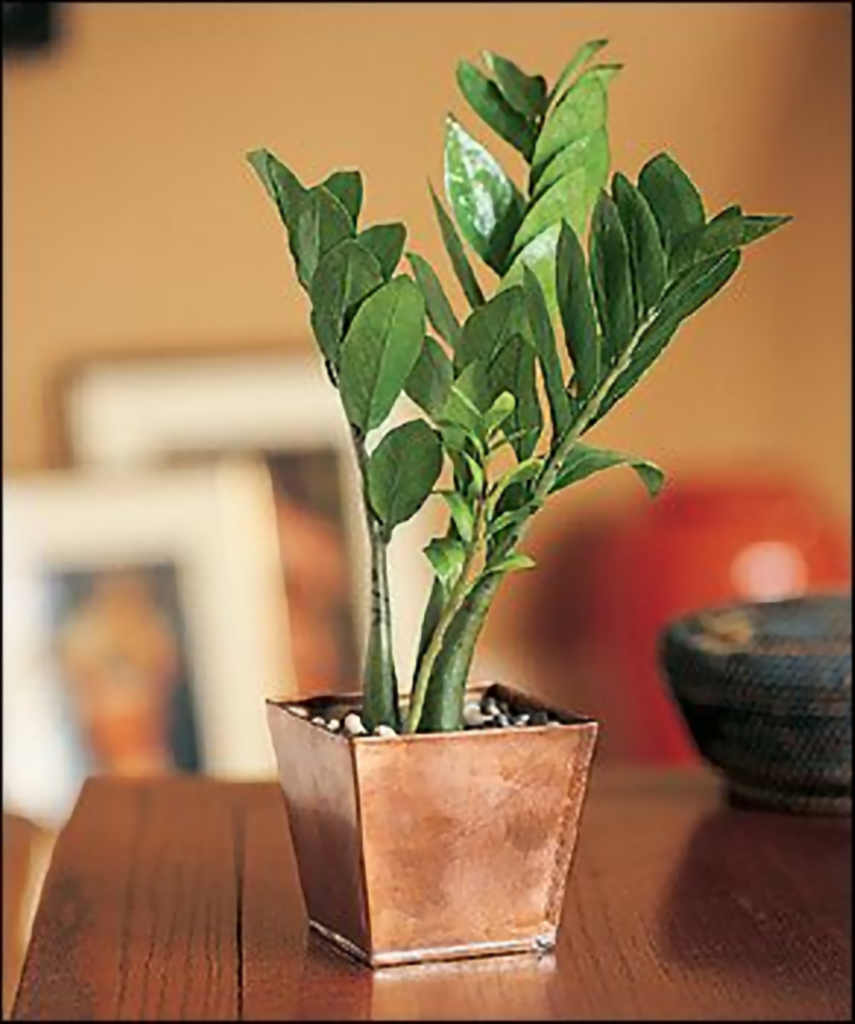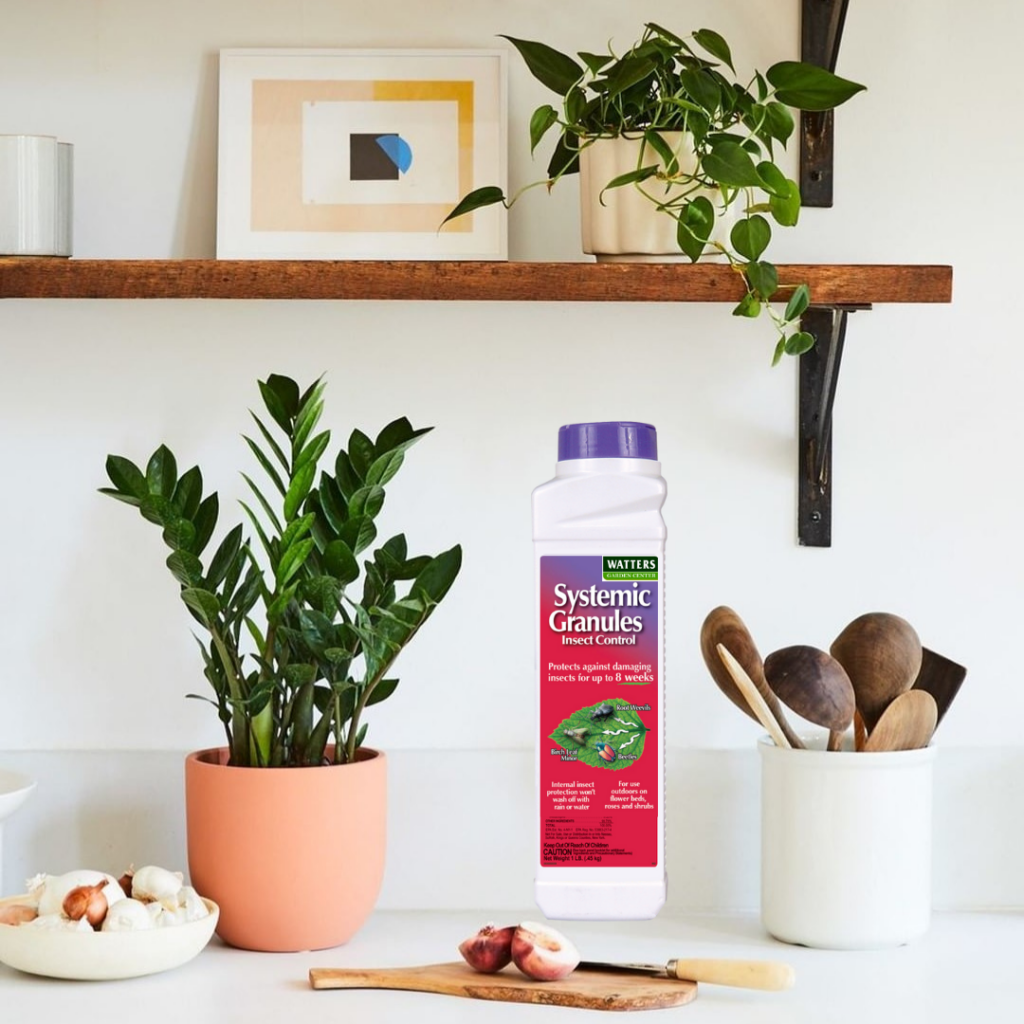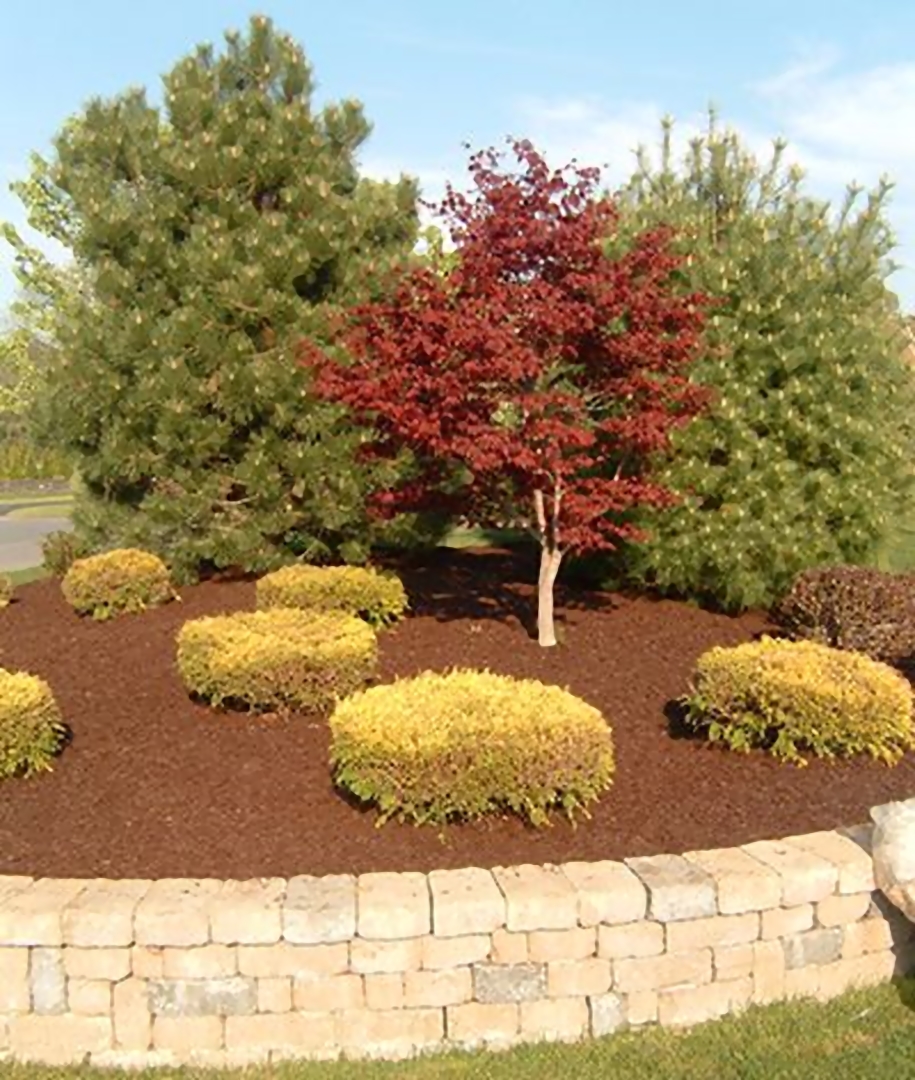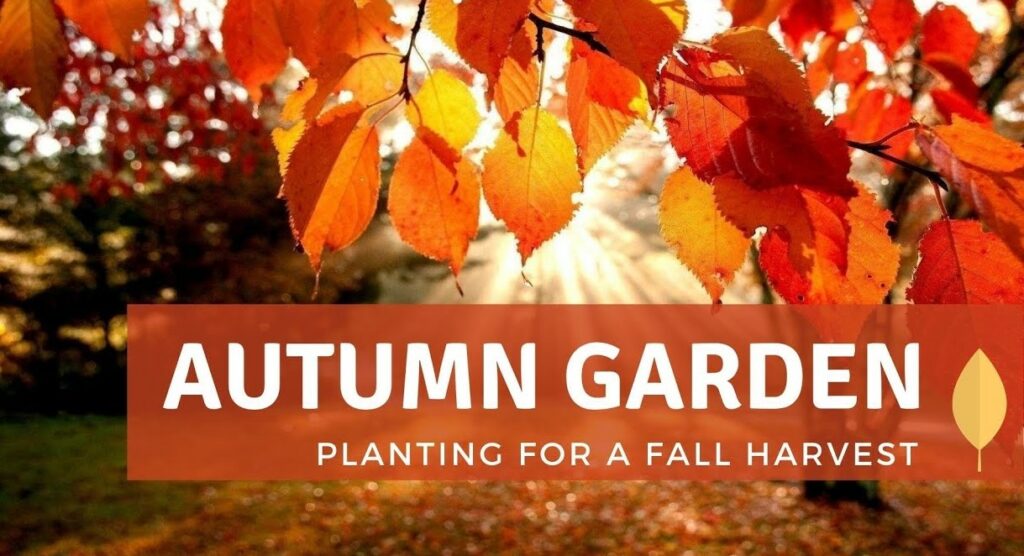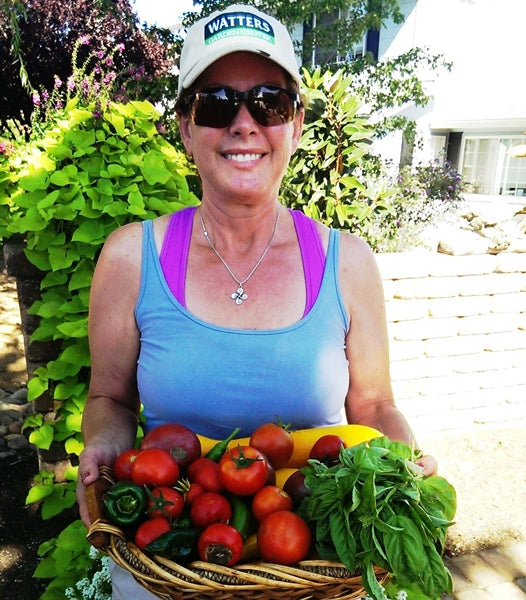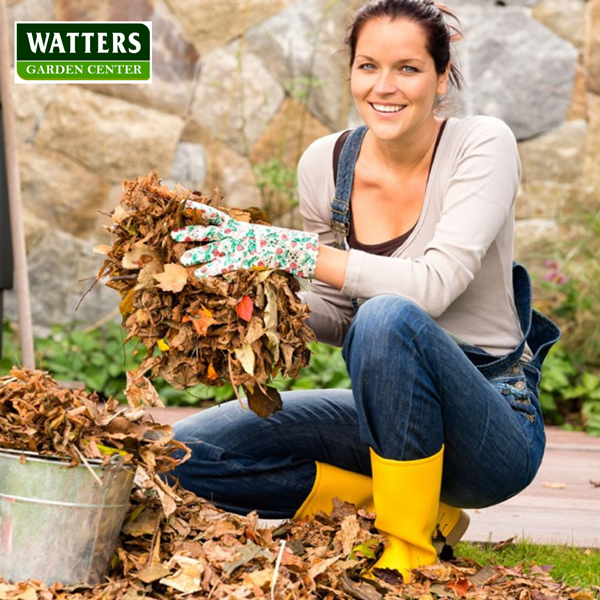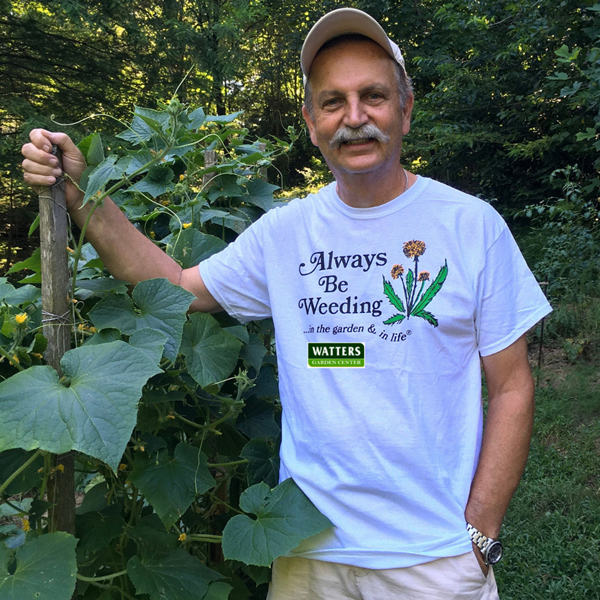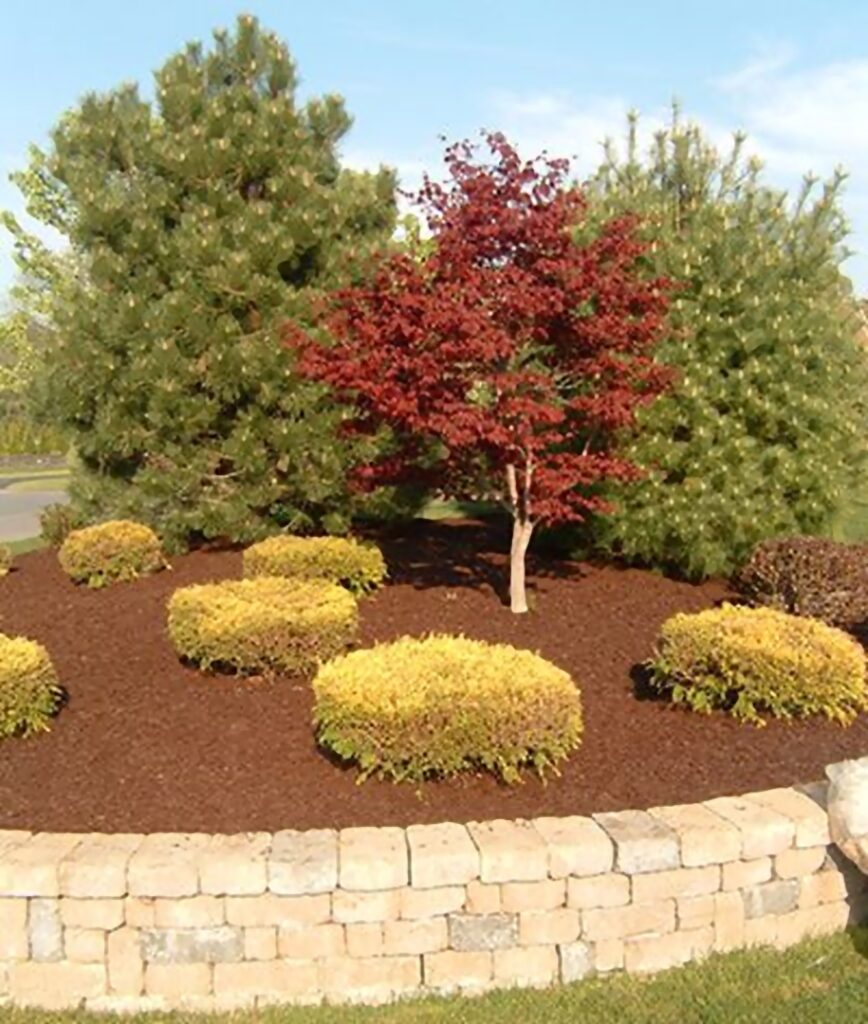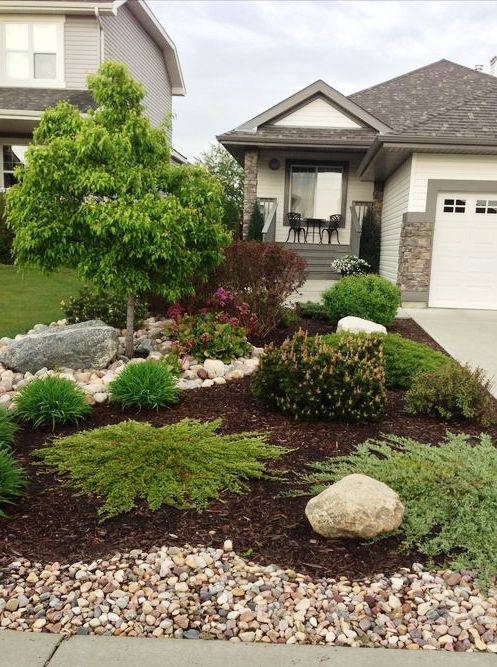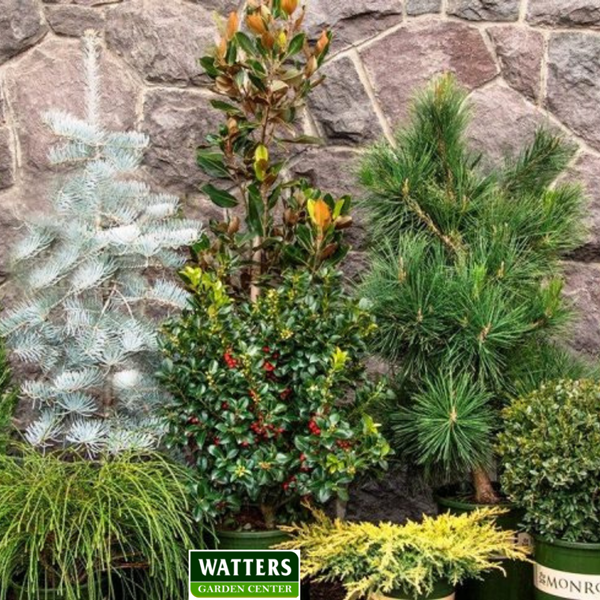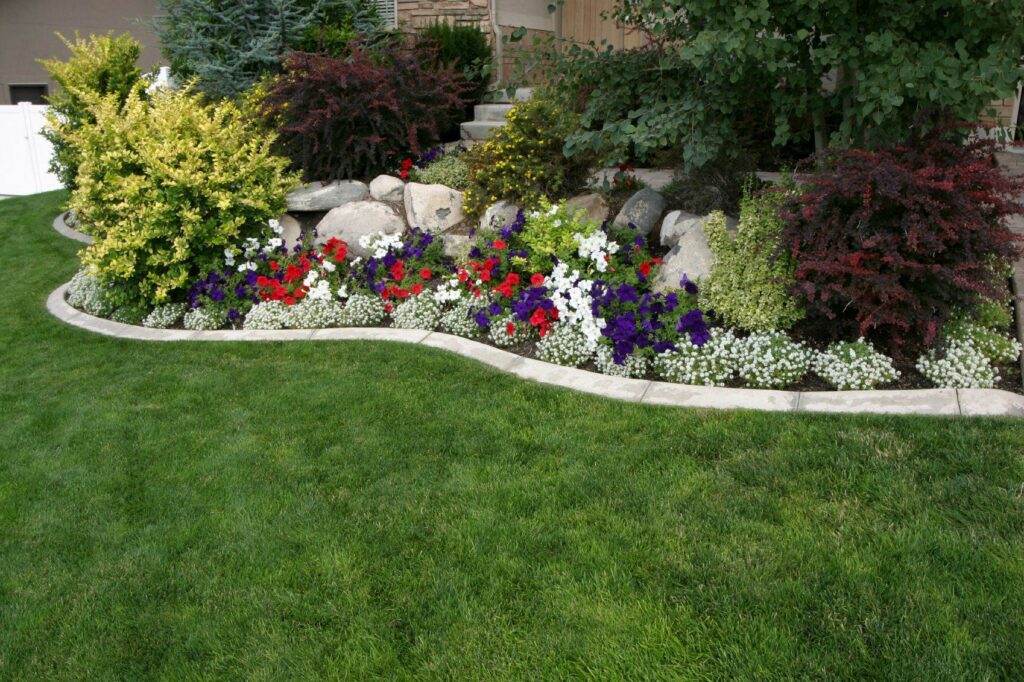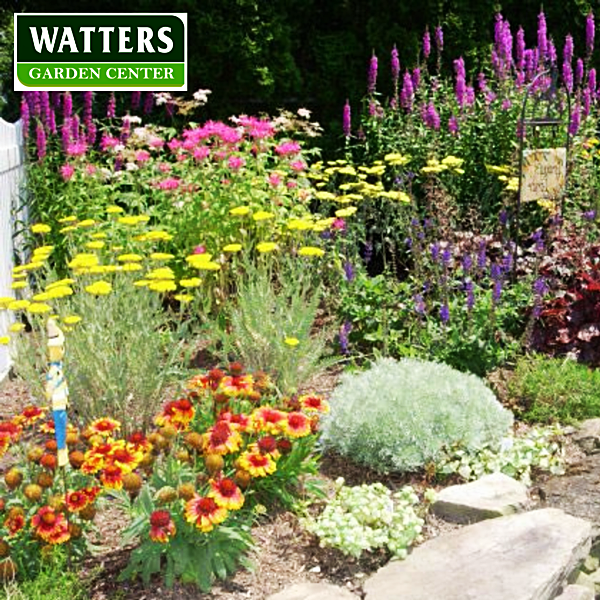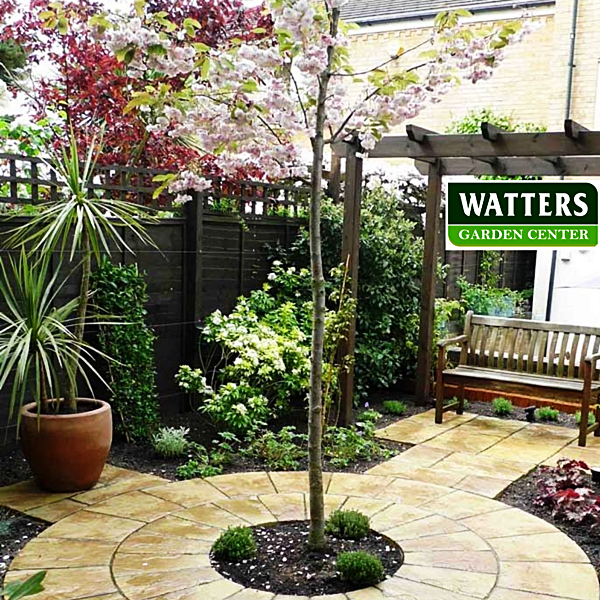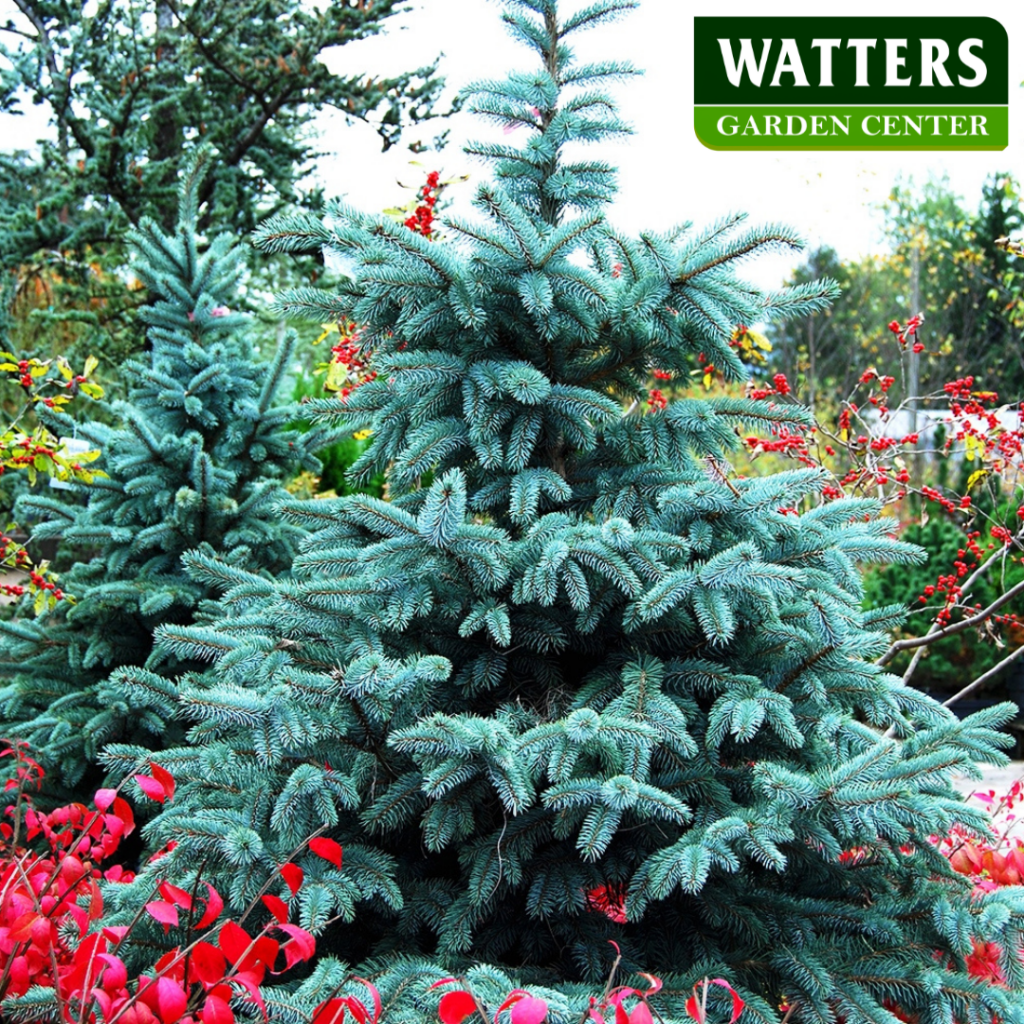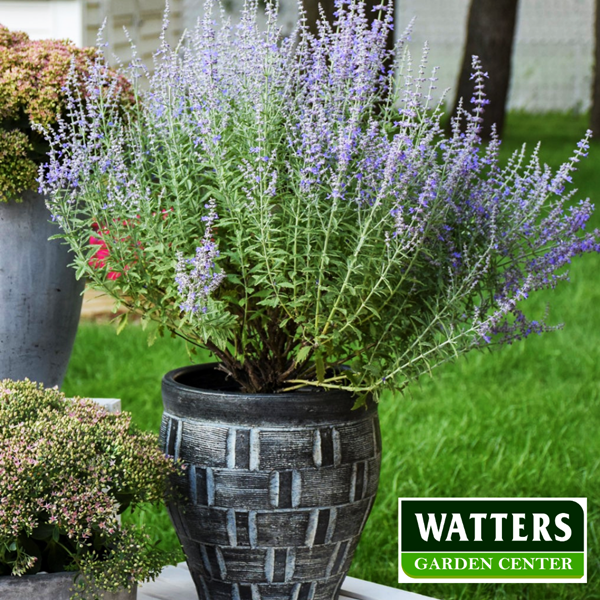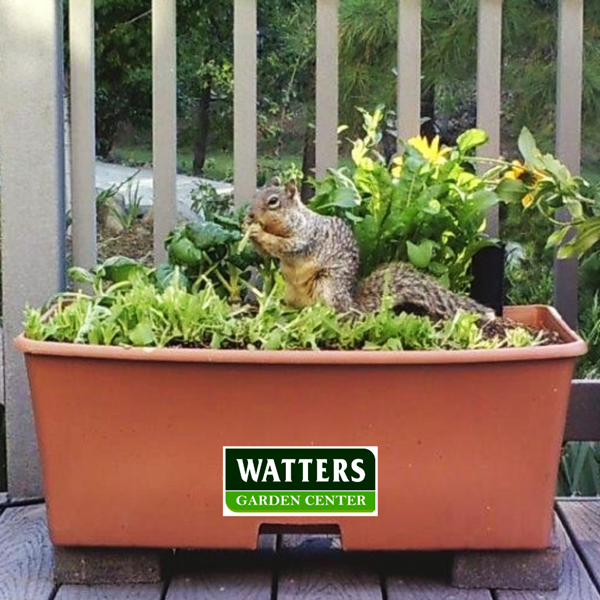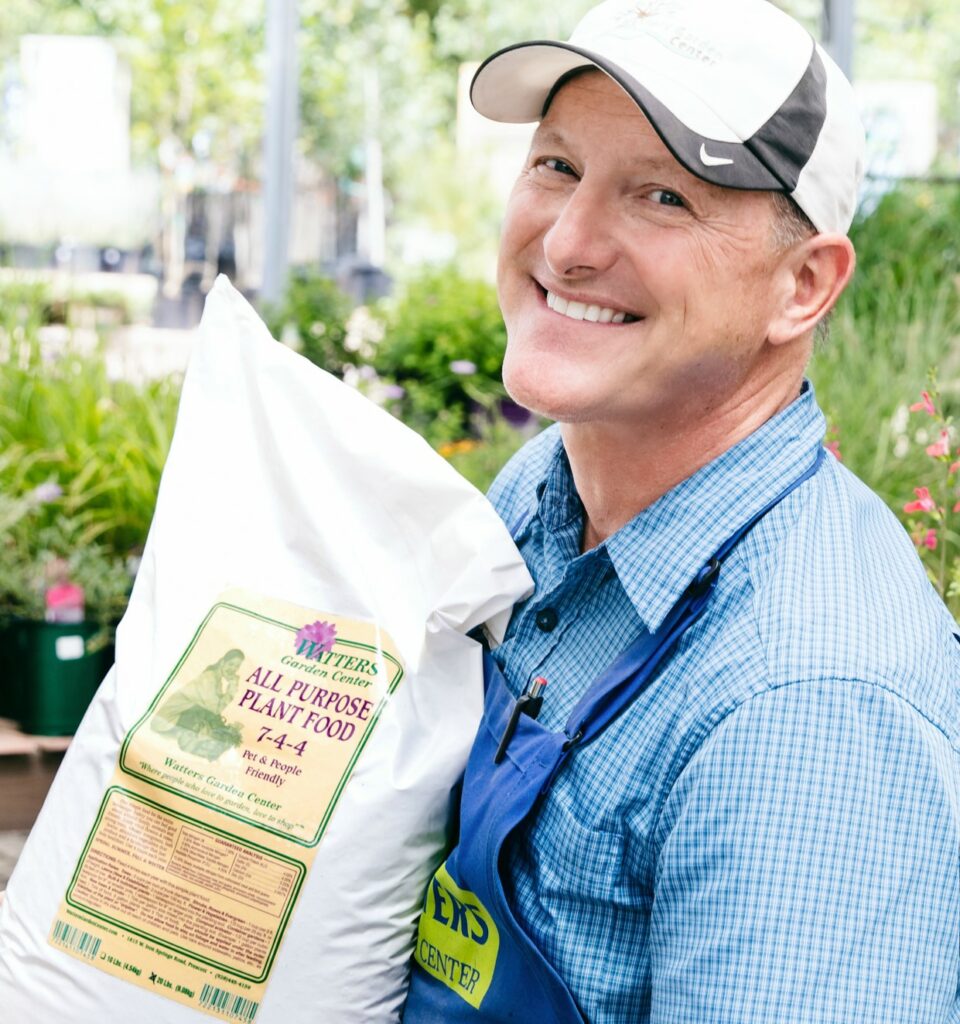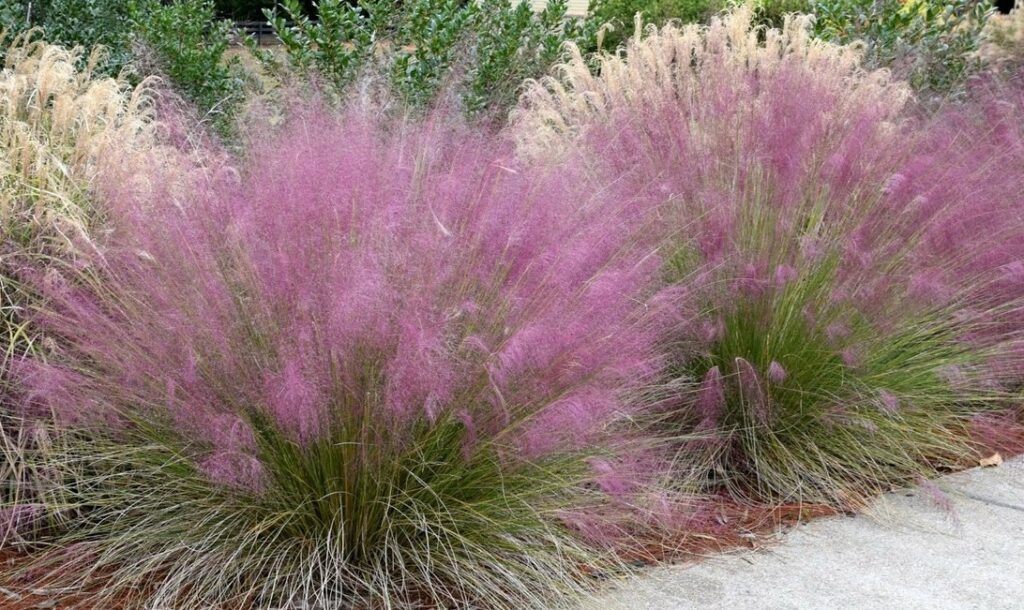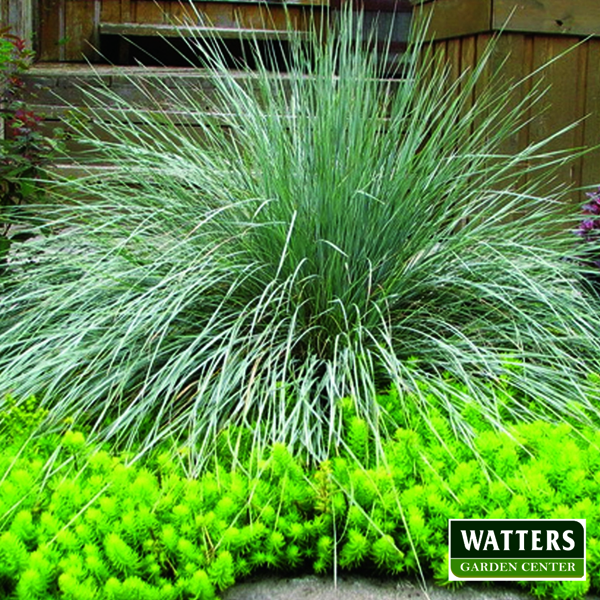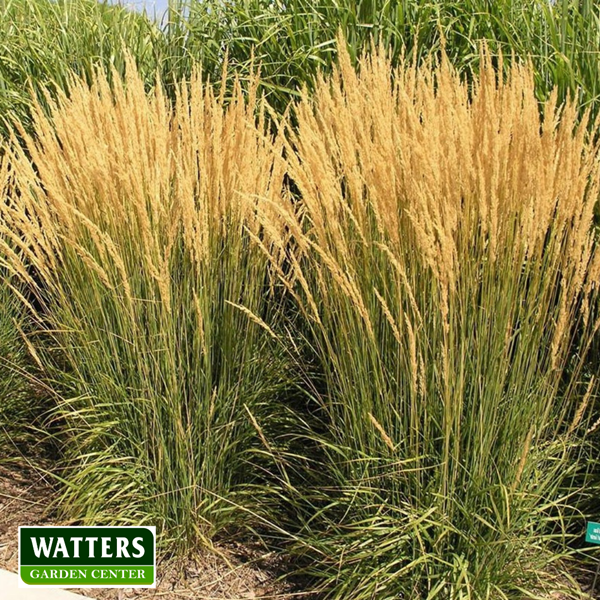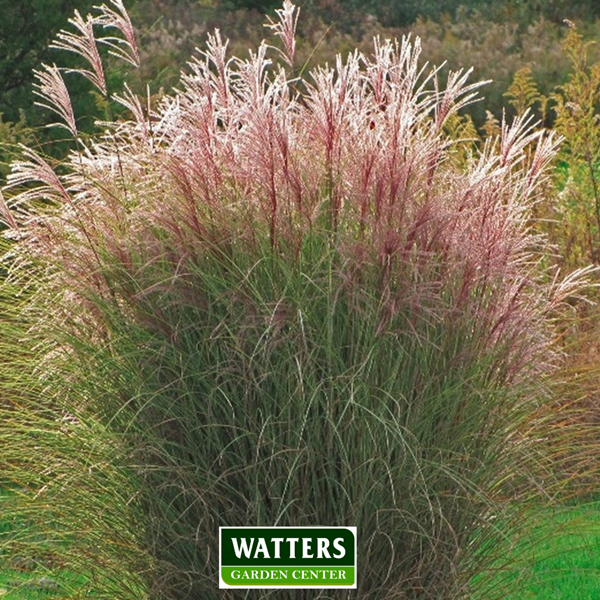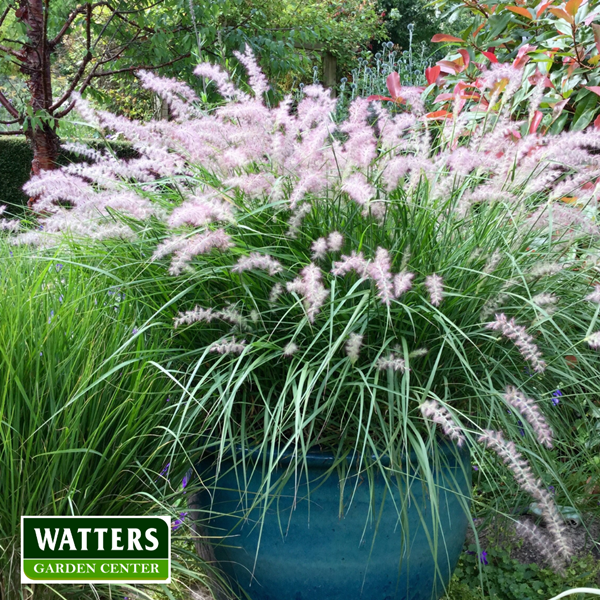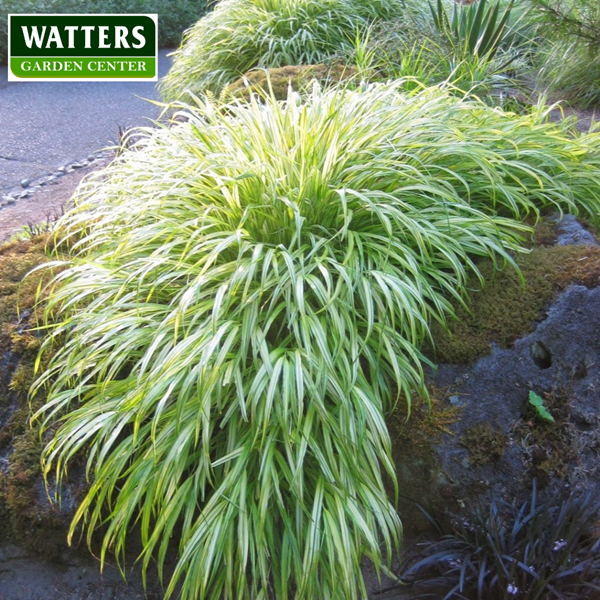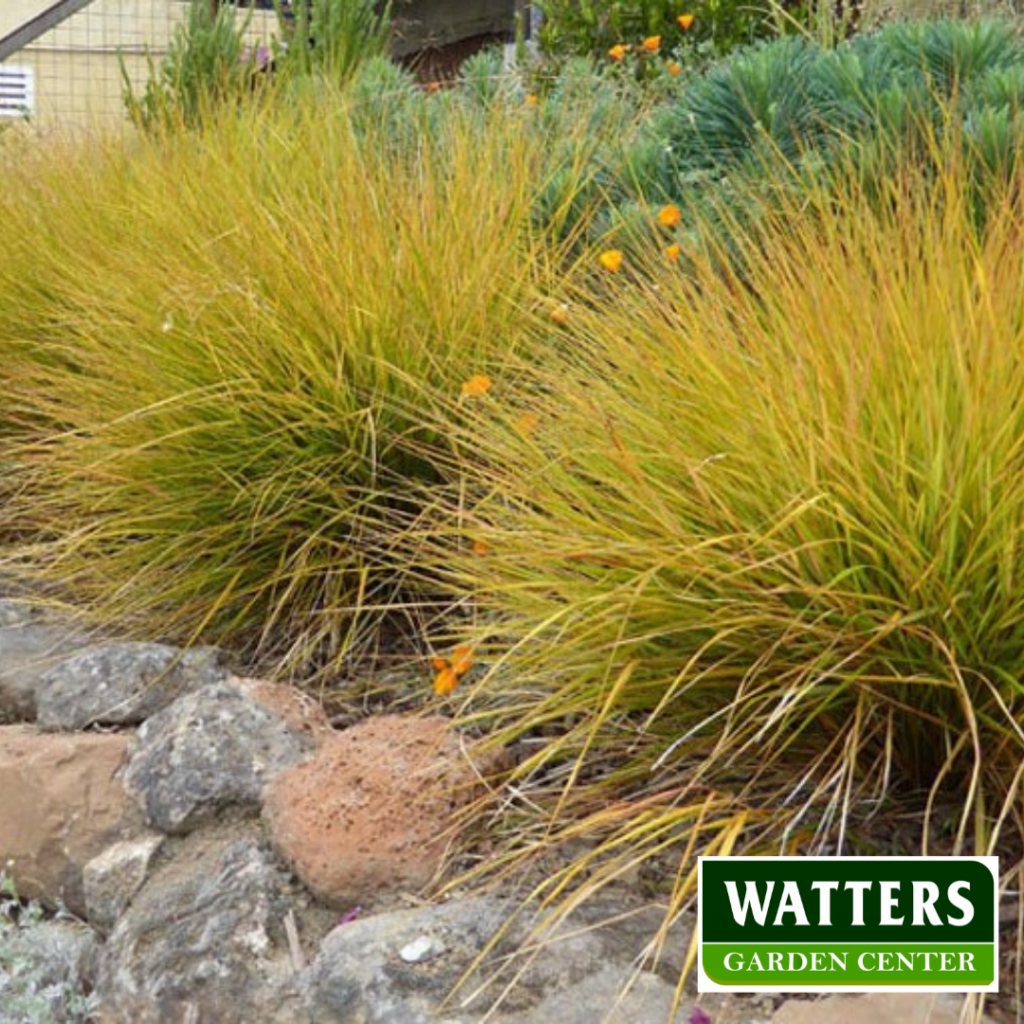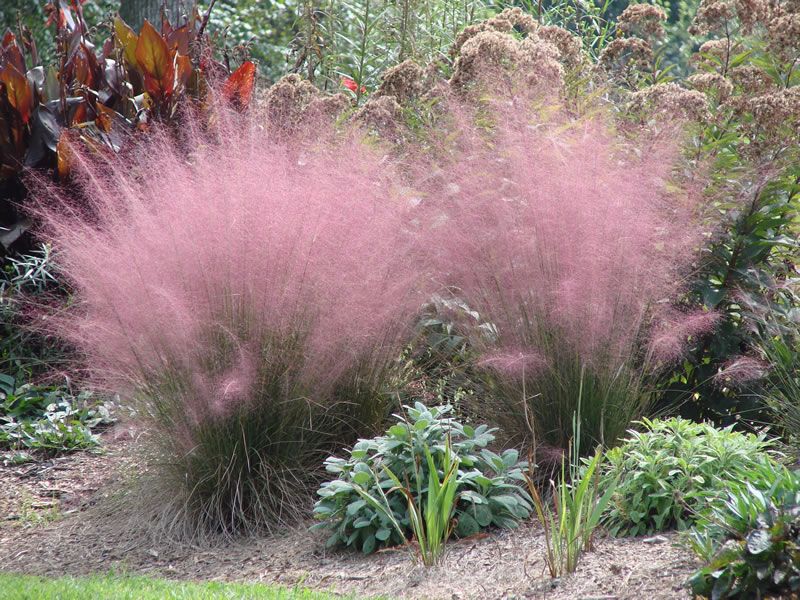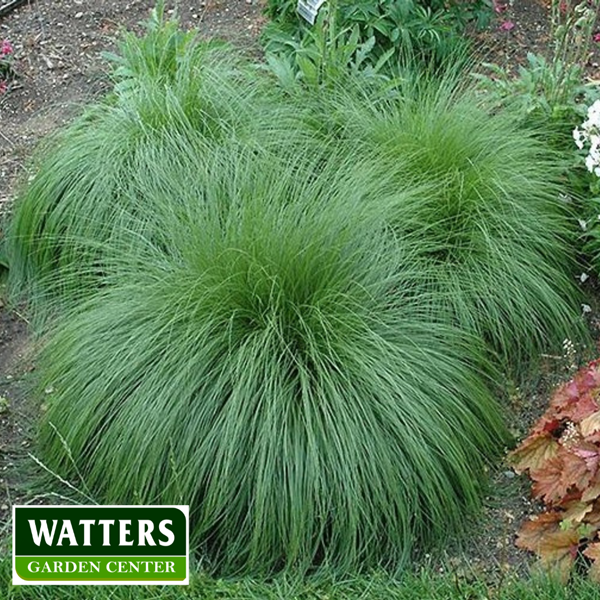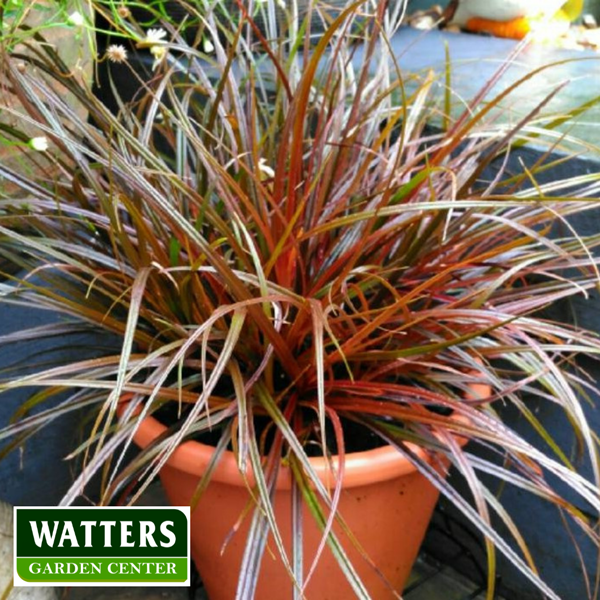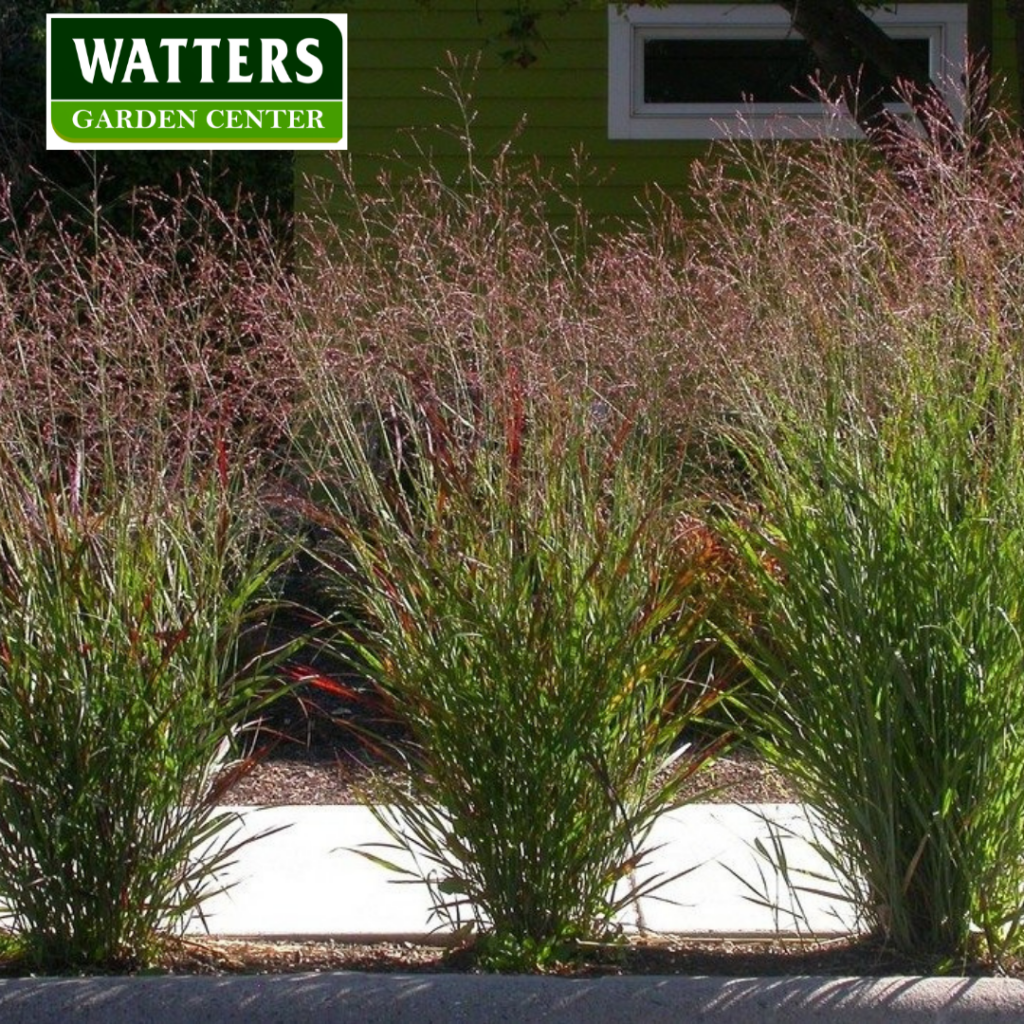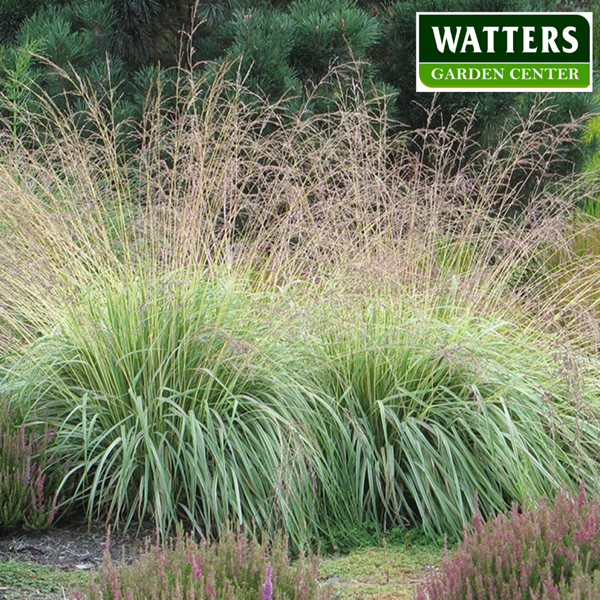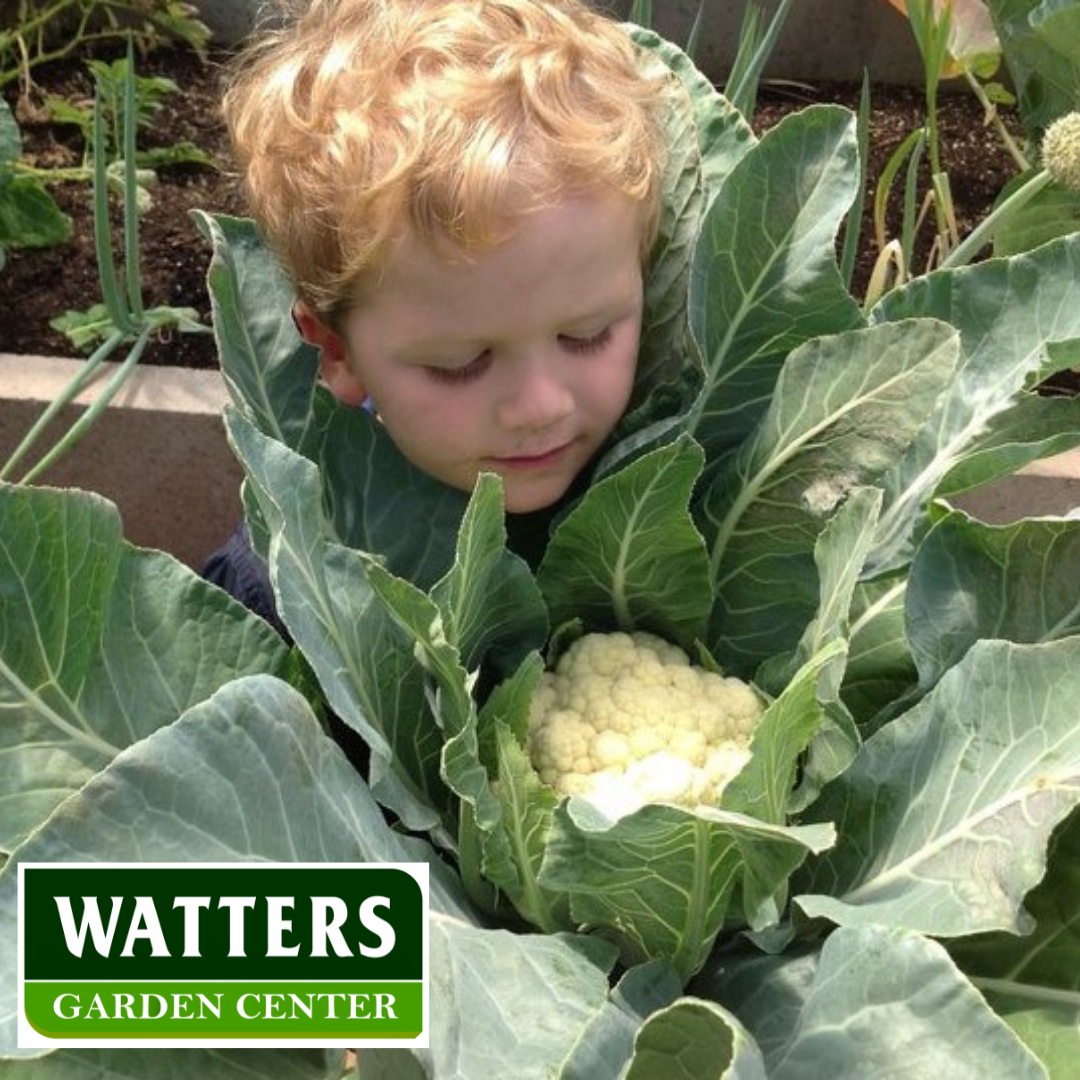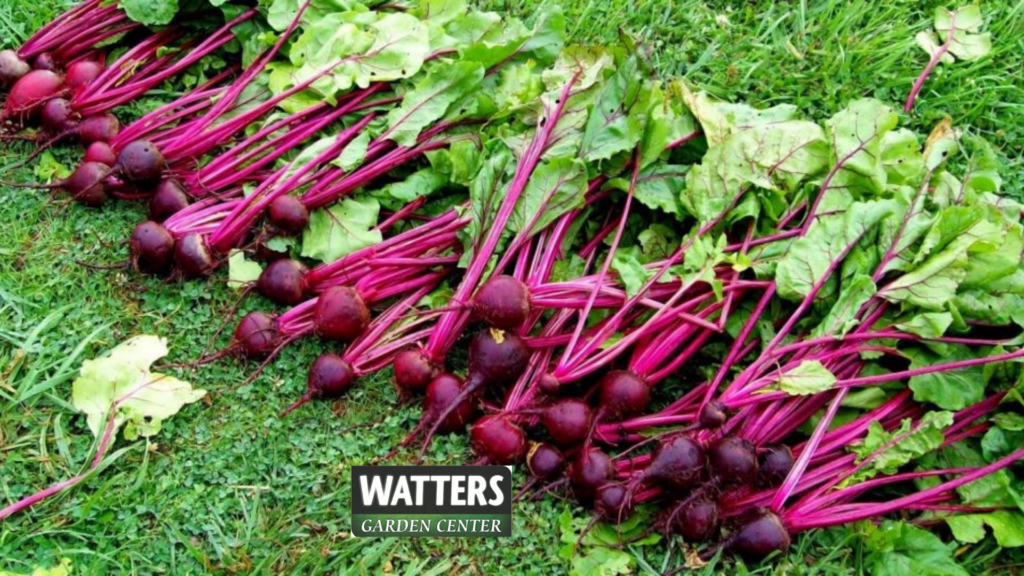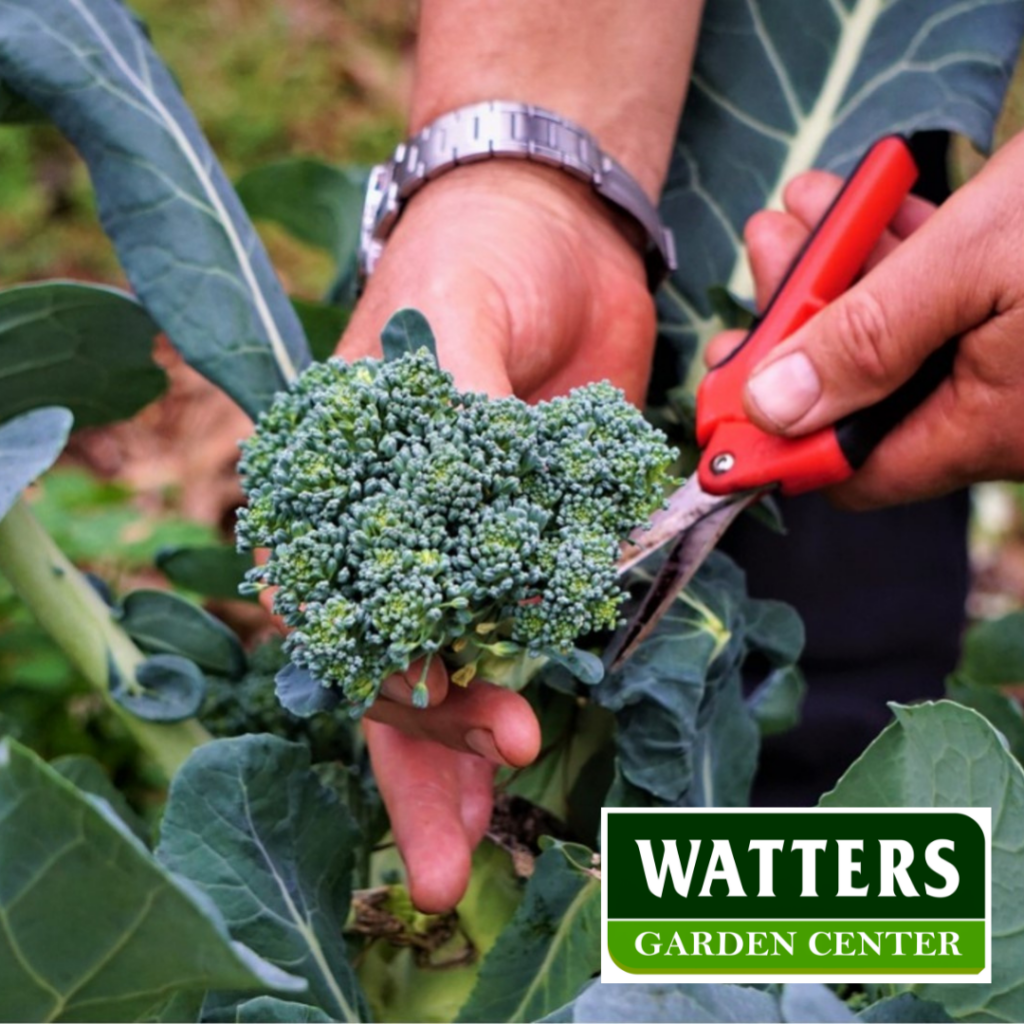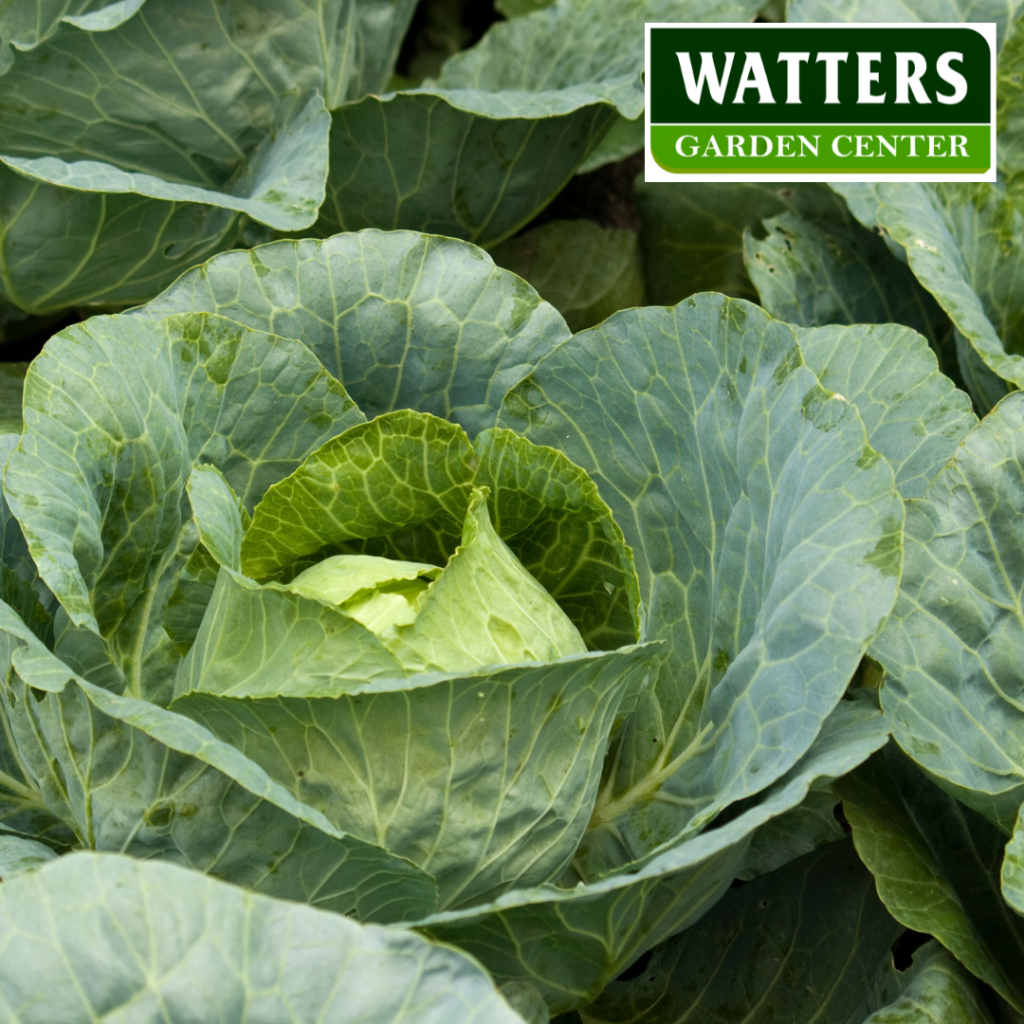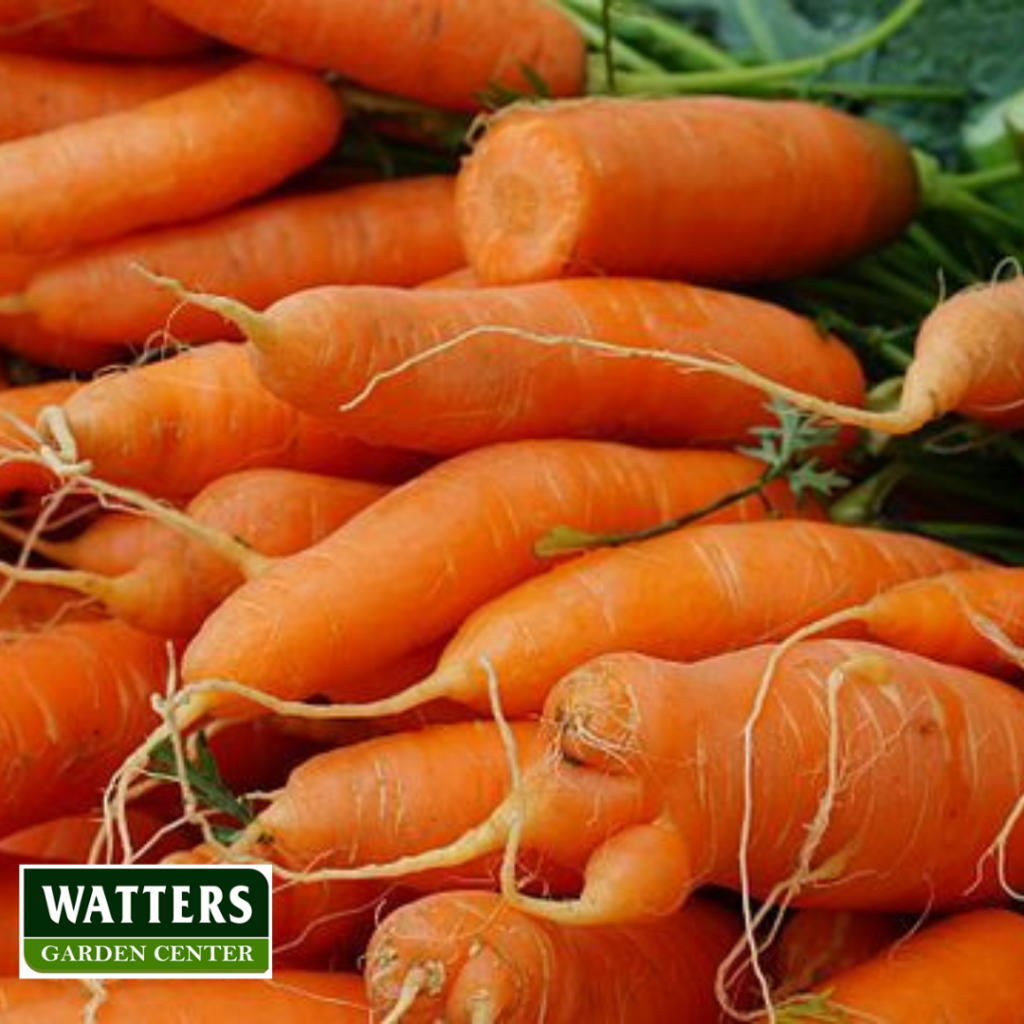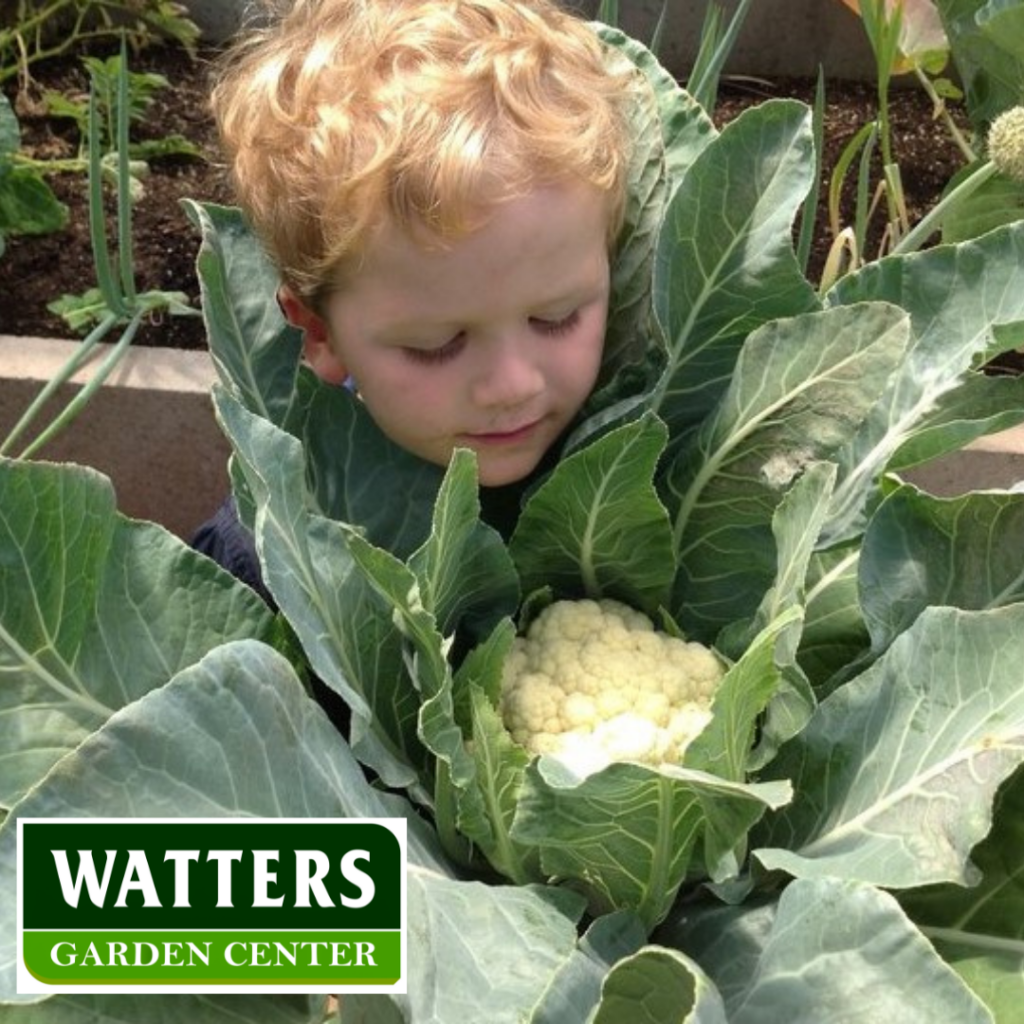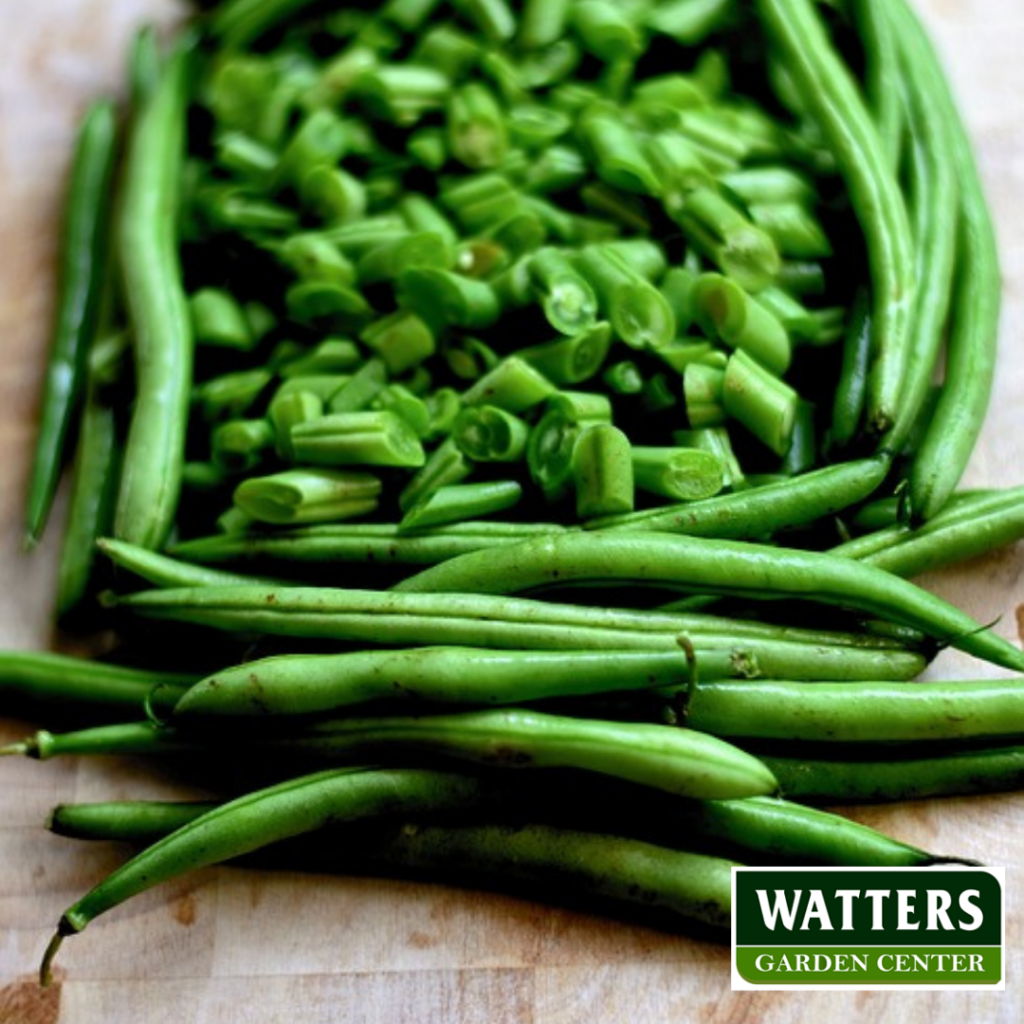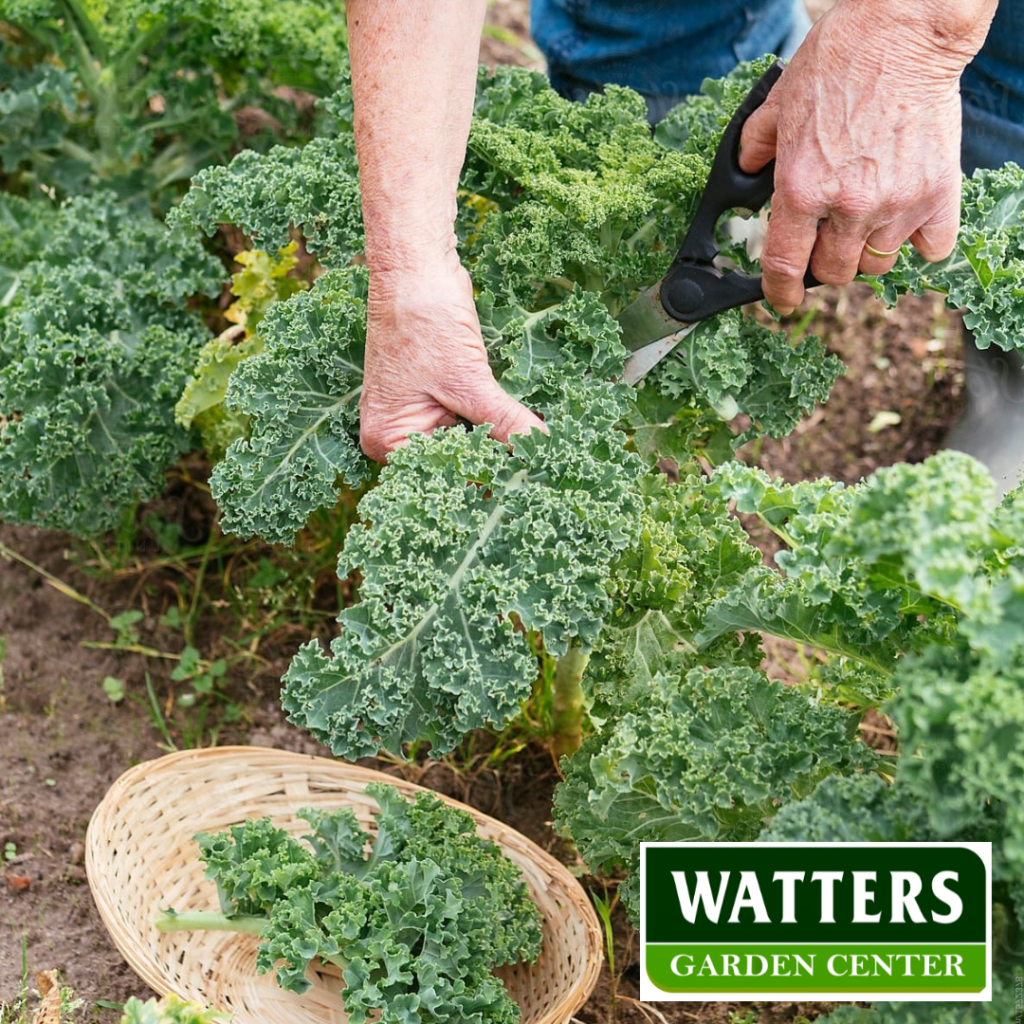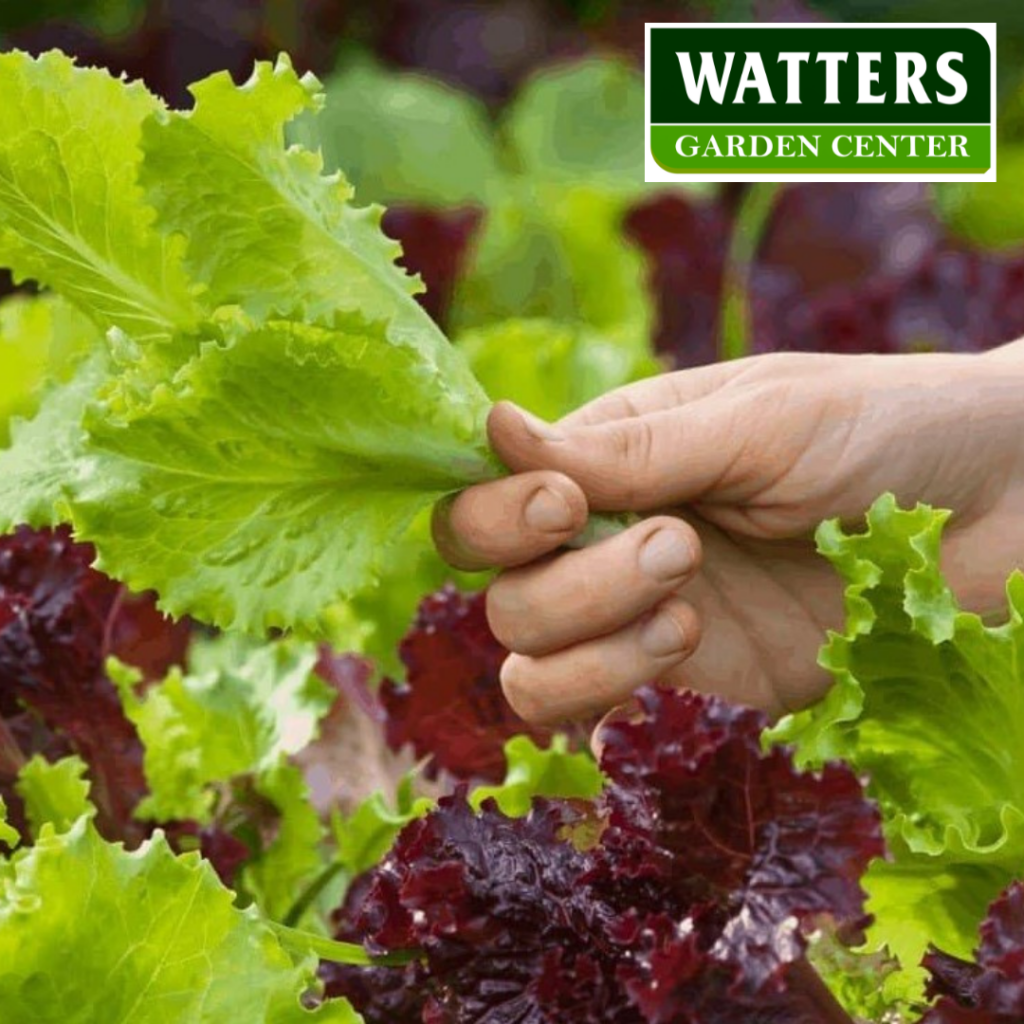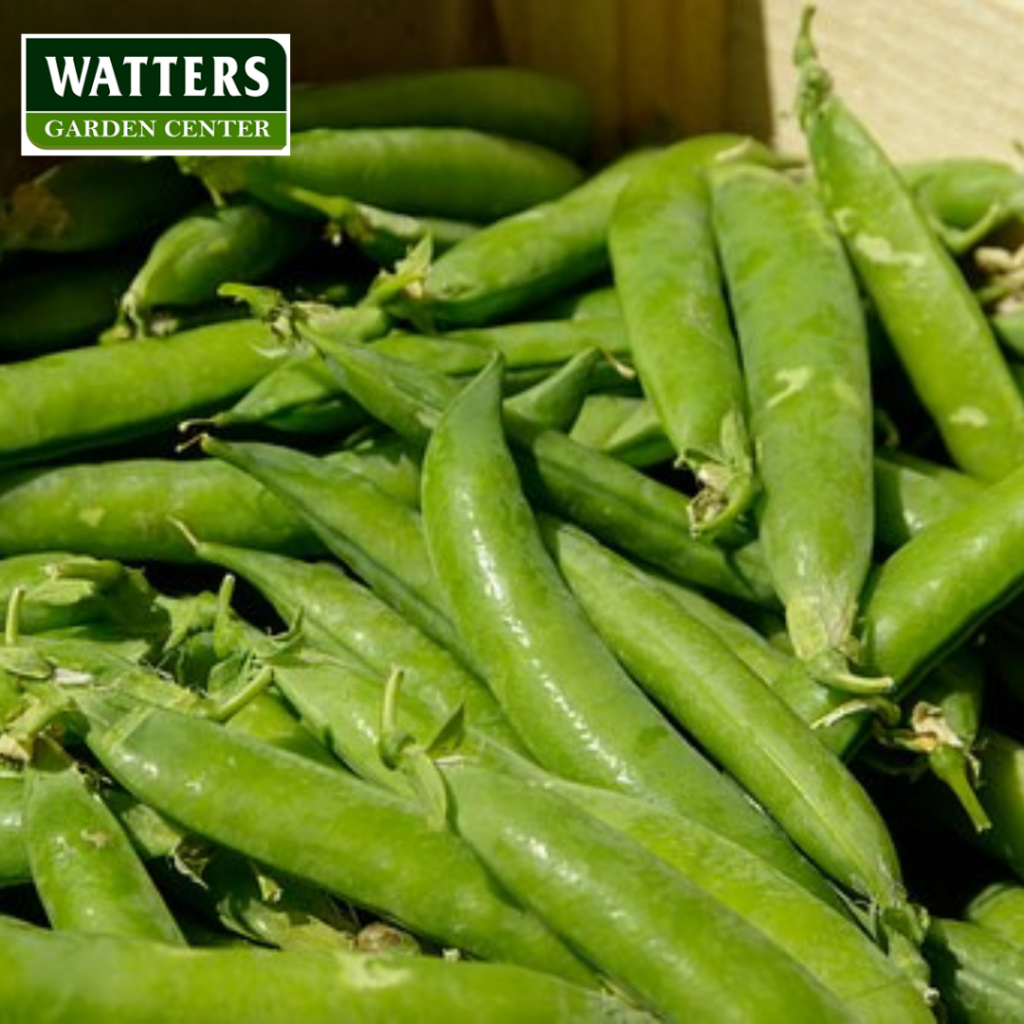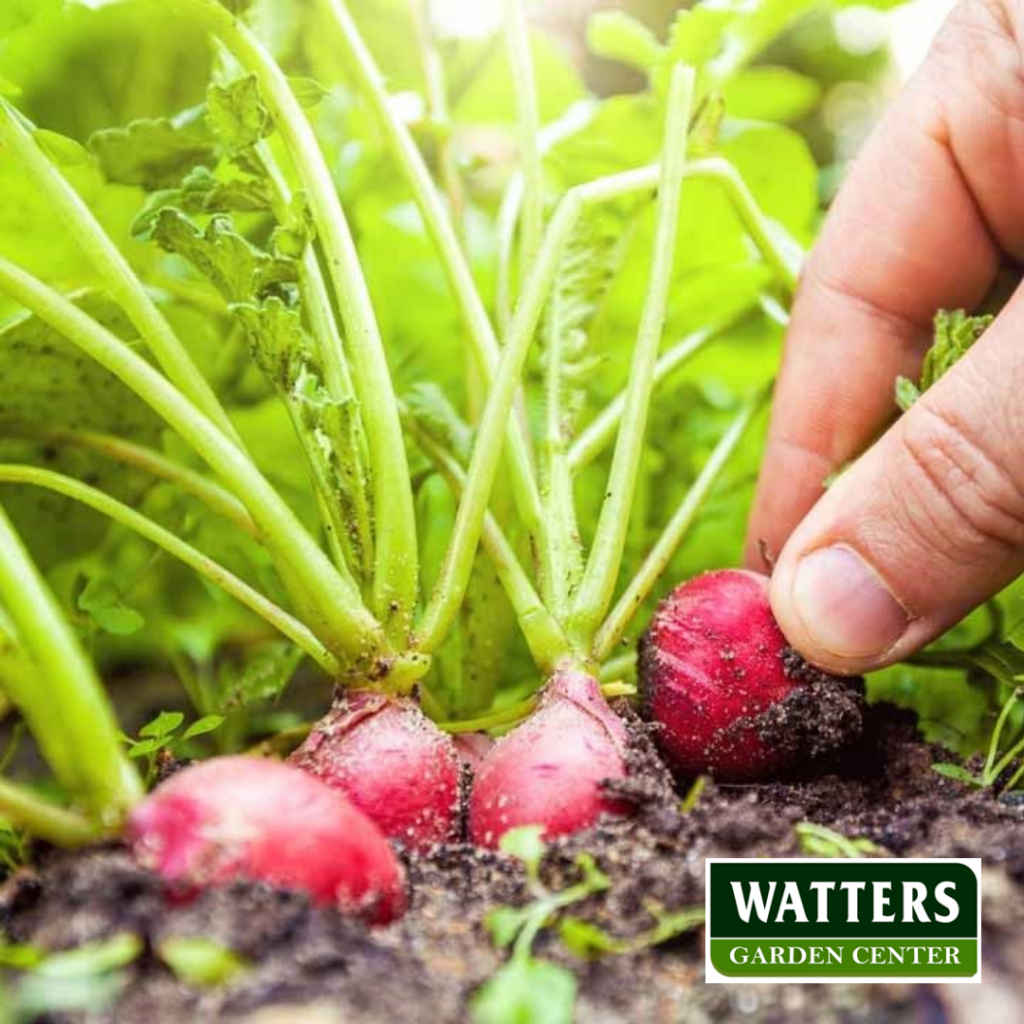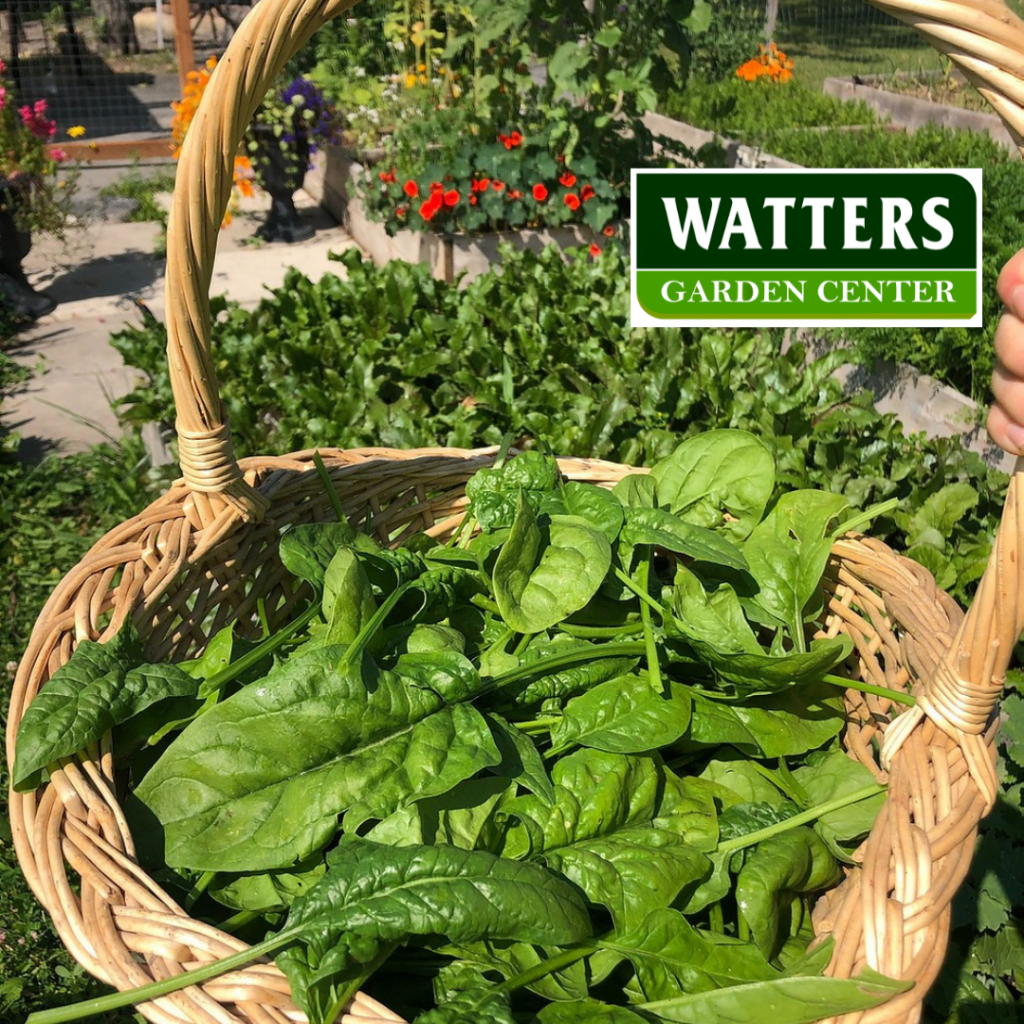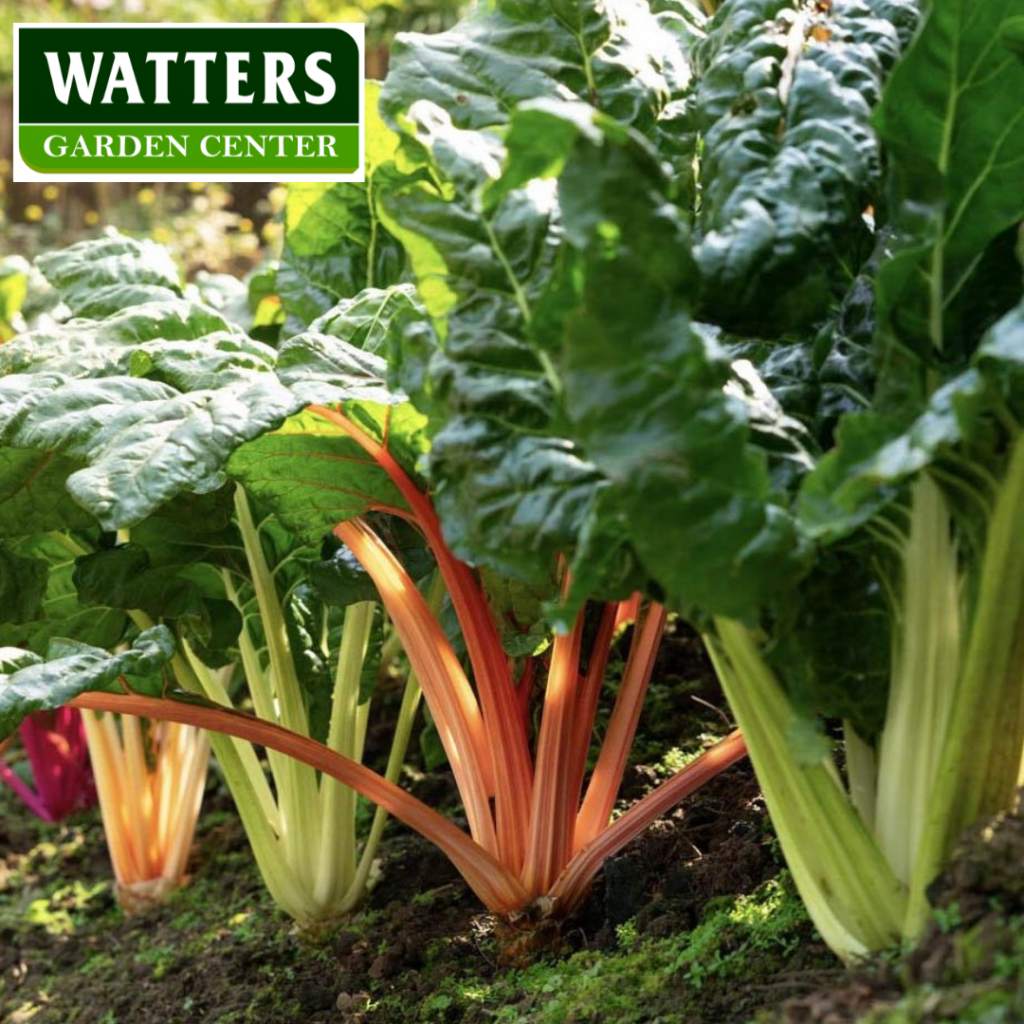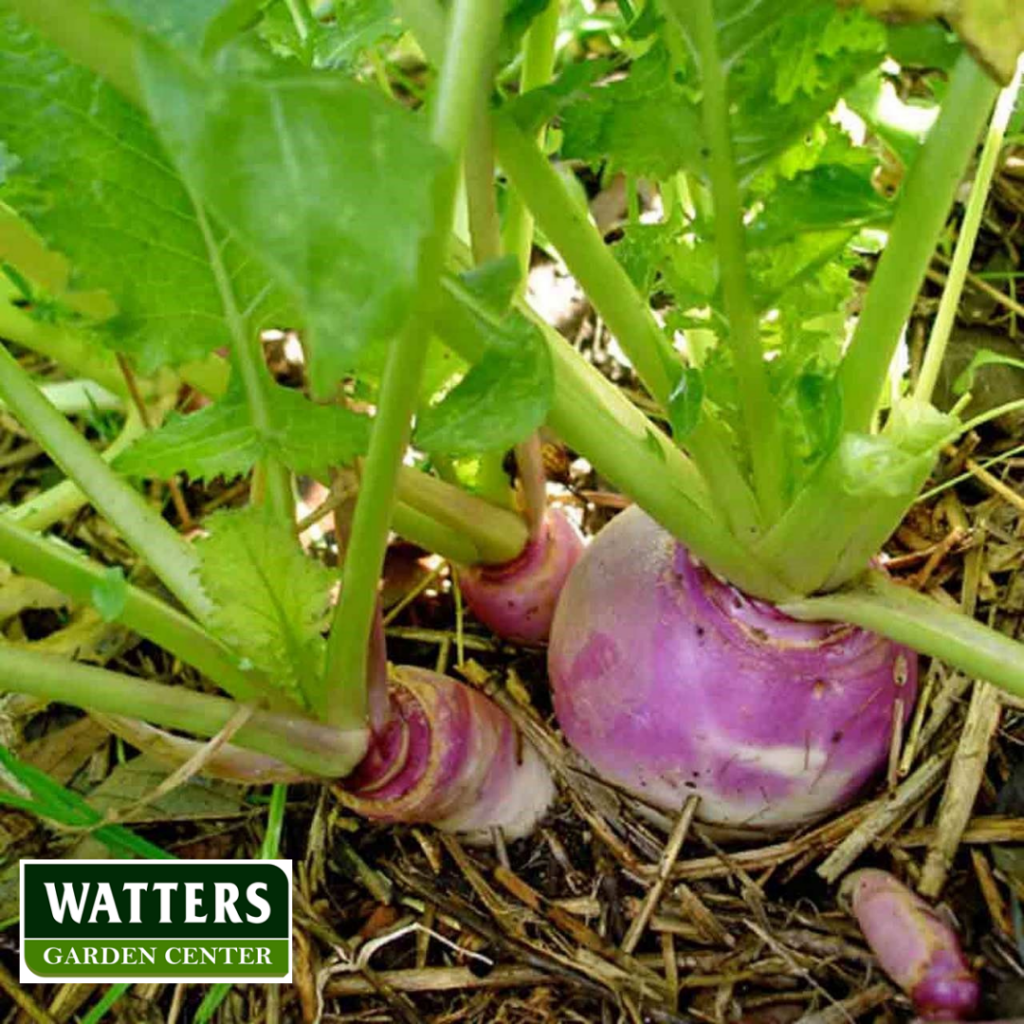by Ken Lain, the mountain gardener

- What trees have the prettiest fall colors?
- Fall color trees zone 7.
- What trees turn bright red in the fall?
- Small trees with fall color.
- What trees turn bright orange in the fall?
- What trees turn what colors in the fall.
- Which maple tree has the best fall color?
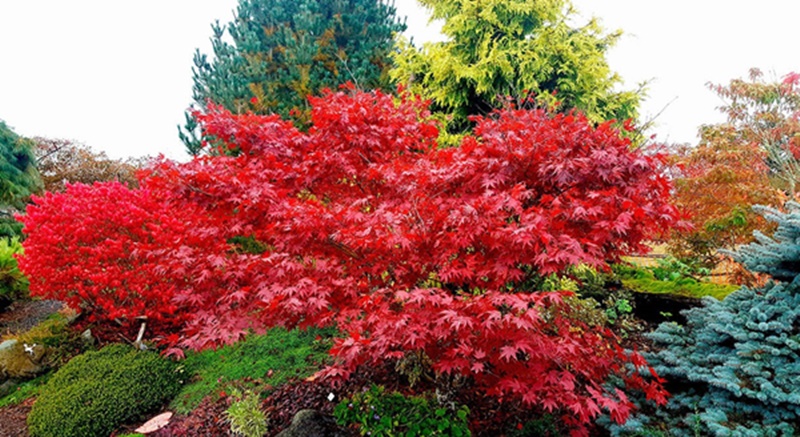
Many mountain trees offer spectacular autumn colors, but glowing fall leaves light up only one of our four seasons. The best landscape trees shine in every growing season. Maples provide some of the best fall colors. Several are outstanding shade trees through summer, others a great source of sap for syrup, and the smallest flame maples have exceptional drought tolerance in a desert landscape. Tiny Trees for Tiny Yards don’t take up much space. Most offer stellar autumn foliage, and their fragrant spring flowers are an added bonus.
Don’t settle for foliage that is spectacular only in fall, when you could have trees with colorful spring flowers or fruit that feeds birds in summer. Here are 12 trees with both great autumn colors and have at least one other notable feature.
Japanese Maple, Acer palmatum, boasts colorful leaves through Autumn and other seasons. Most types grow 10-20′ feet, but ‘Crimson Queen’ Japanese maple is a dwarf type favored by lovers of weeping trees.
Bonus – The finely lobed leaves are beautiful up close. One of the most successful trees grown in large containers on shaded patios and decks.
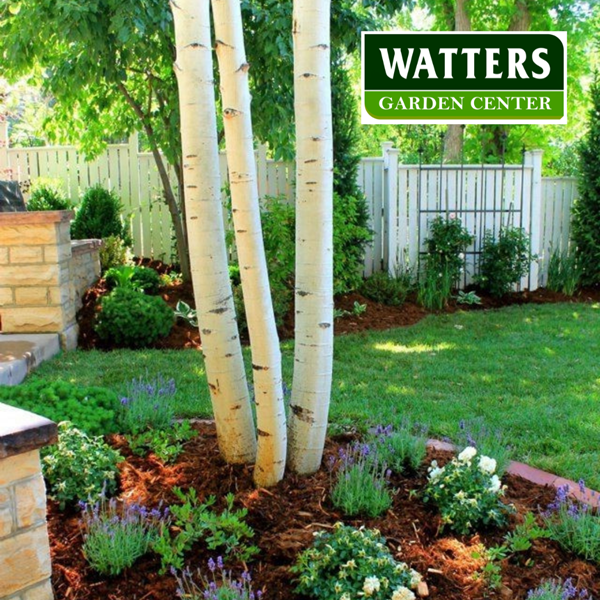
Quaking Aspen, Populus tremuloides, is almost synonymous with Autumn in the Arizona mountains. The proclivity of its leaves to tremble at the slightest breeze is as famous as its golden color.
Bonus – listen and admire the sound is an added benefit. Quaking aspens also have an attractive, whitish-colored bark that offers year-round interest.
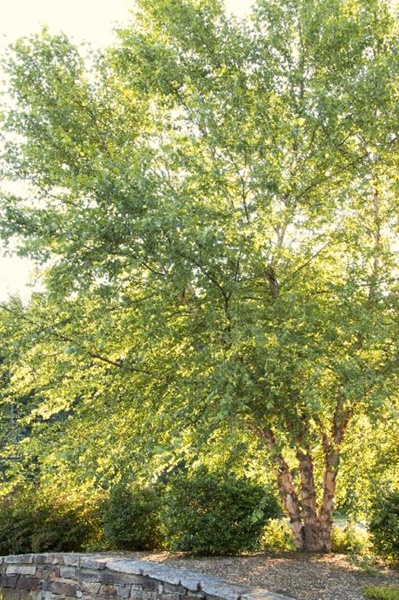
River Birch, Betula nigra, is a bright gold tree through Autumn. At 40′ feet tall, this tree adapts better than others to Caliche mountain soils.
Bonus – The best feature is the fascinating peeling bark, enjoyed winter, spring, summer, and fall.
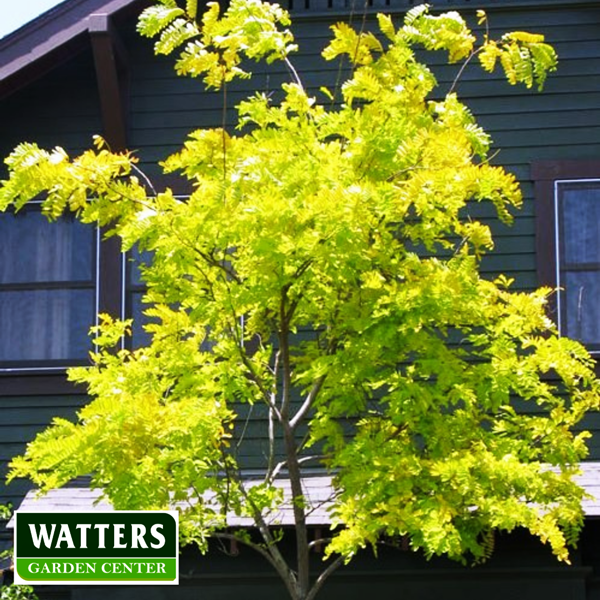
Sunburst Honeylocust, Gleditsia triacanthos, produces glowing gold autumn foliage. The same gold hues erupt in spring, maturing to a dark green summer shade tree at 35′ feet tall.
Bonus – super tolerant of drought, a superior street tree that tolerates road salt and pollution better than others that is both thornless and seedless.
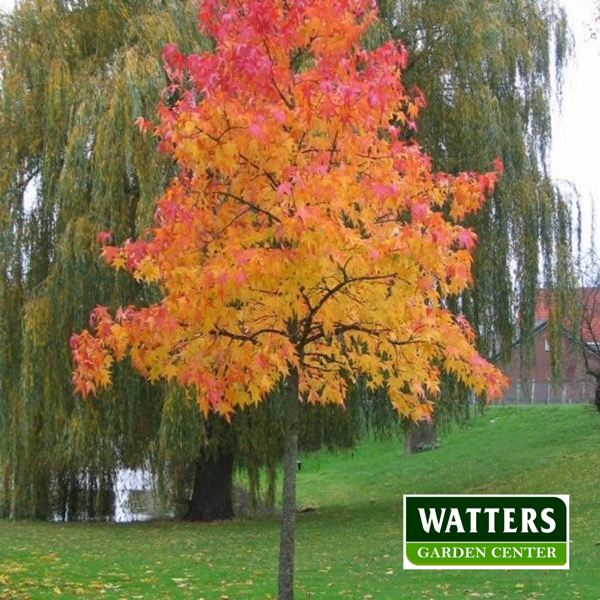
Sweetgum, Liquidambar styraciflua, revels in the mixture of reds, orange, purple, gold, yellow, and green. Sweetgum grows to 60′ feet tall with large leaves that make a good shade tree.
Bonus – The bark of this tree is attractive every season and very heat-hardy. The gumballs interest crafters for use in wreaths, kissing balls, and other projects.
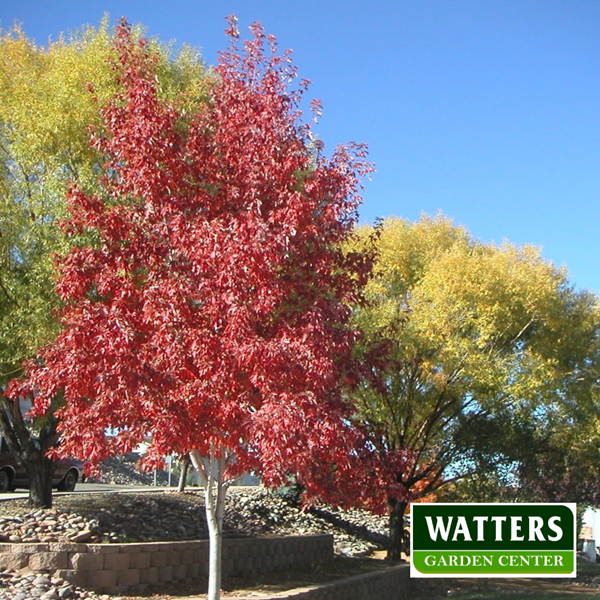
Sugar Maple, Acer saccharum, are the royals of the fall foliage world in Prescott. Different types of maples display brilliant yellow, red, orange, or burgundy fall colors. The color of an individual tree can sometimes vary from year to year.
Bonus – sugar maples offer the unique benefit of sap that can be tapped and boiled down to a delicious syrup. Sugar maples are slow-growing hardwoods to 40′ feet with large leaves used as shade and street trees. Prescott Blaze Maple is the fastest growing of the mountain red maples.
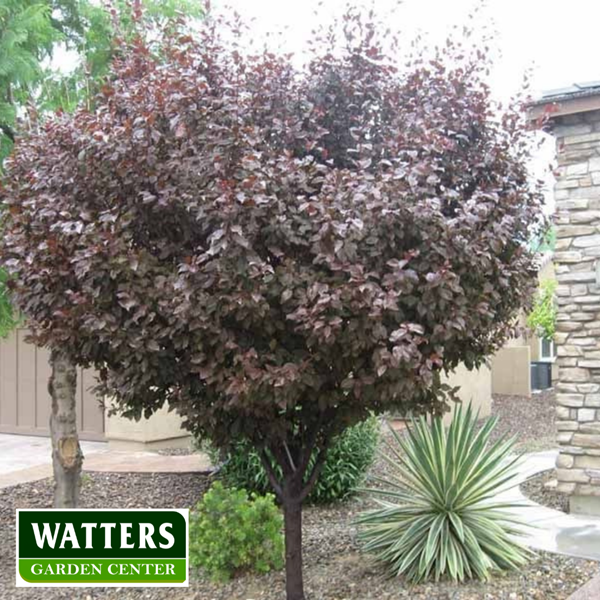
Thundercloud Plum, Prunus cerasifera, is aptly named for its thunderous purple foliage consistent through summer. Growing the 20′ feet, it’s the perfect small tree for side yards, patios, and lining driveways and entrances.
Bonus – elegant pink flowers cover the tree in anticipation of spring, leading to blackish-blue fruit that attracts birds in late summer. Its fall color is an attractive greenish-bronze, making this a tree with excellent year-round interest.
Western Pin Oak, Ash, Redbud, and Crabapple are all famous for autumn mountain color but don’t forget fruit trees. All fruiting trees have stunning fall colors with the added bonus of picking fruits fresh from the tree every summer.
Until next issue, I’ll be helping locals choose the perfect autumn trees at Watters Garden Center.
Ken Lain can be found at Watters Garden Center throughout the week, 1815 W. Iron Springs Rd in Prescott, or contacted through his website at WattersGardenCenter.com or Top10Trees.com.

